Spas today are embracing a harmonious blend of nature, simplicity, and sensory elements to create immersive sanctuaries that soothe body and mind. From the use of raw materials like stone and wood to the integration of living greenery and calming water features, designers are crafting environments that feel both luxurious and grounded. Soft, neutral color palettes paired with layered textures and ambient lighting establish a tranquil atmosphere, while aromatherapy diffusers, Himalayan salt accents, and personalized client lounges add bespoke touches. Sustainability and biophilic design principles guide material choices—favoring eco-friendly finishes, organic textiles, and energy-efficient lighting. Together, these elements form a cohesive spa decor language: one that prioritizes wellness, connects clients to the natural world, and offers a respite from the demands of modern life.
1. Natural Stone Accents
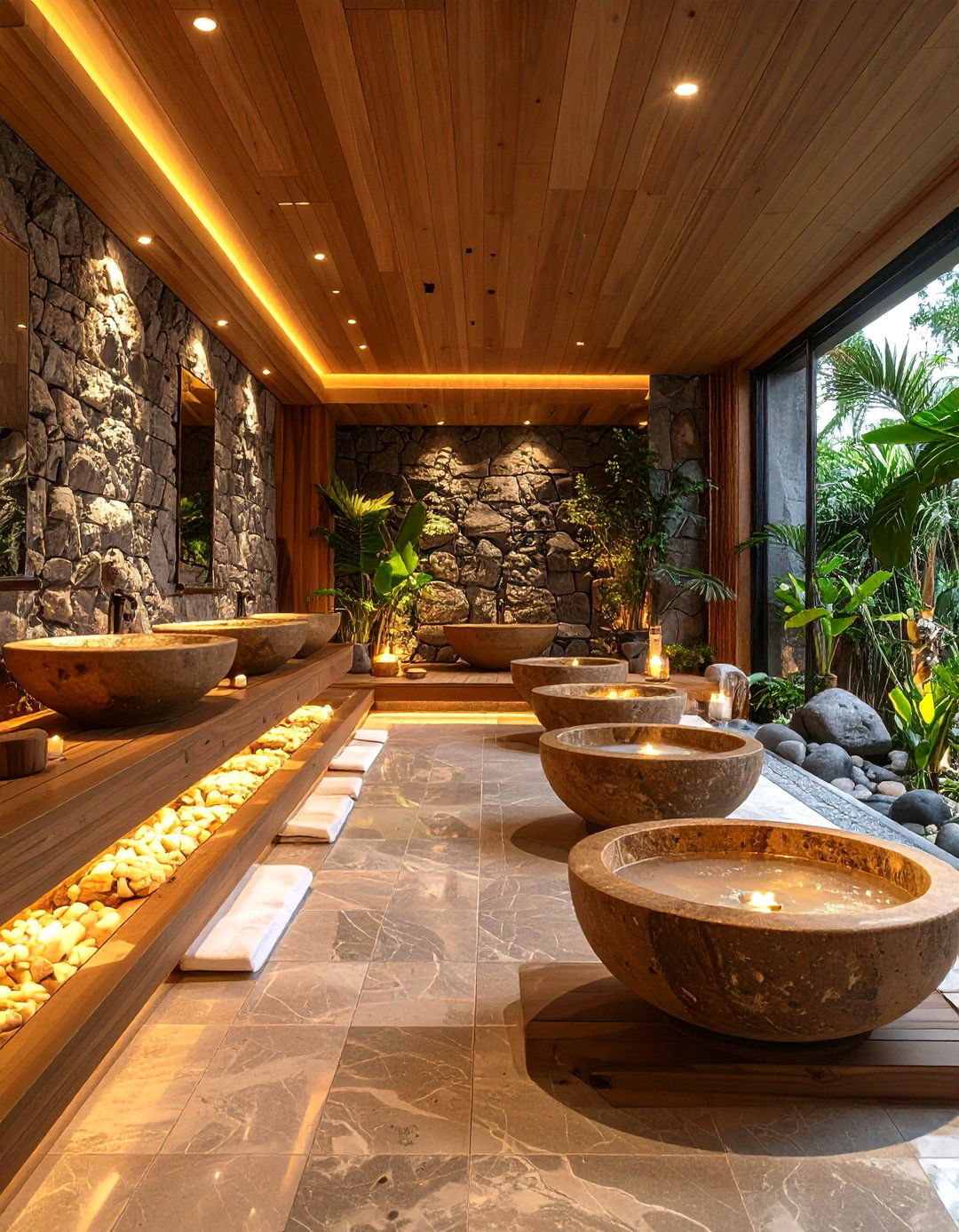
Incorporating natural stone—such as slate, marble, or river rock—lends a spa space an enduring sense of elegance and solidity. Stone can be used for feature walls behind treatment tables, as flooring in wet areas, or as accent pieces like carved basins and seating ledges. Its cool touch under bare feet enhances the sensory experience, while subtle variations in hue and veining introduce organic visual interest. Pairing stone with softer materials, like plush rugs or wooden benches, balances its inherent hardness and completes a well-rounded design scheme.
2. Soothing Color Palettes

Soft, neutral tones—such as pale taupe, muted sage, and gentle lavender—form the backbone of spa color schemes. These hues evoke calm and serenity, minimizing visual distractions and supporting relaxation. Accent shades can be introduced sparingly through botanical artwork, textiles, or decorative accessories to maintain a balanced, harmonious environment. Designers often choose low-sheen finishes to prevent glare and reflections, further reinforcing the subdued ambiance that encourages deep rest.
3. Ambient Lighting Solutions
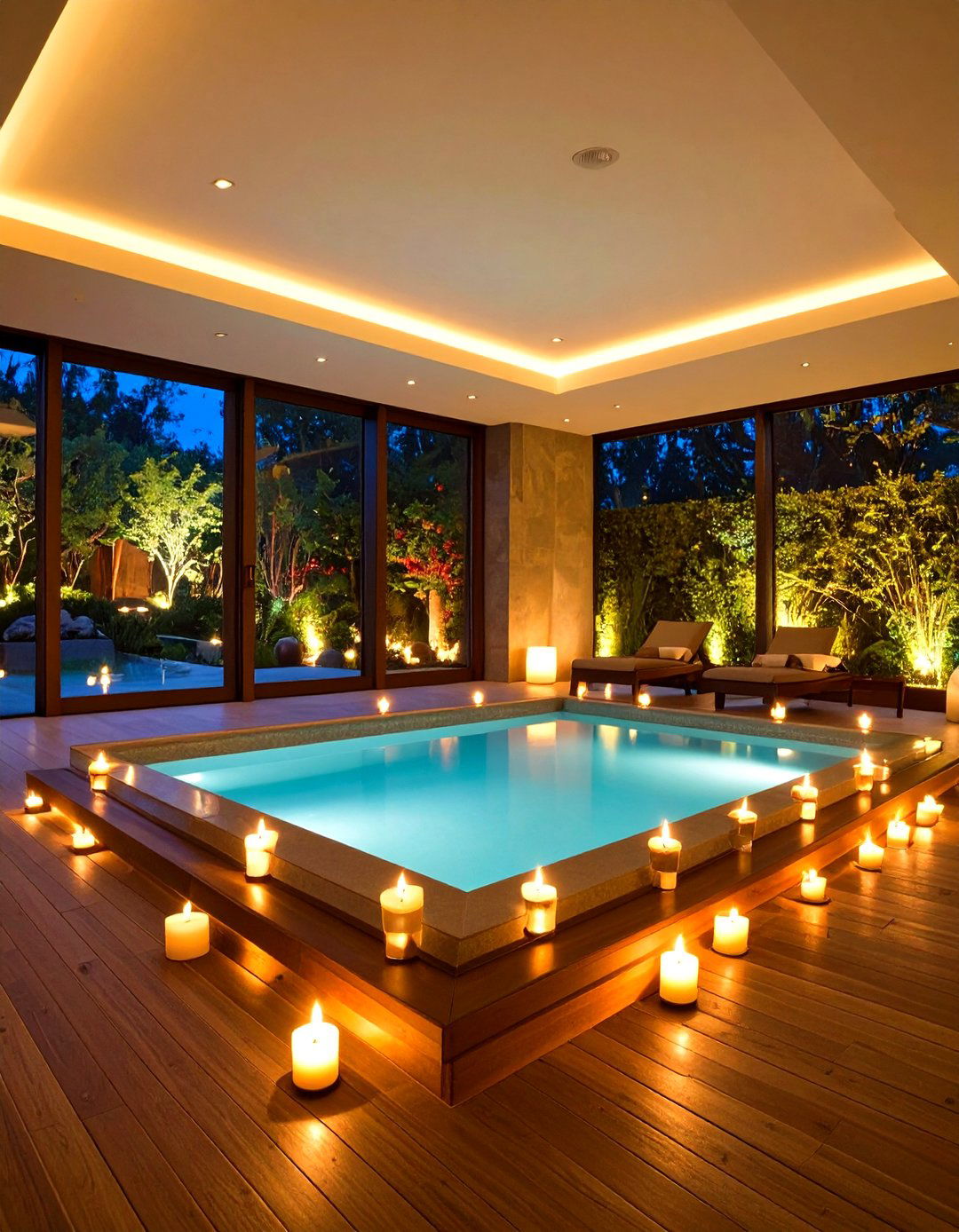
Lighting profoundly influences mood; spas utilize a combination of indirect cove lighting, recessed fixtures, and adjustable sconces to create layered luminosity. Dimmable LEDs allow therapists to tailor brightness levels for treatments, while hidden strip lights can softly highlight architectural features and pathways. Candlelight—whether real or flameless—adds a flickering warmth that feels intimate and timeless. Strategic lighting design ensures no harsh overhead glare, offering clients a cocoon-like retreat.
4. Indoor Greenery and Plants
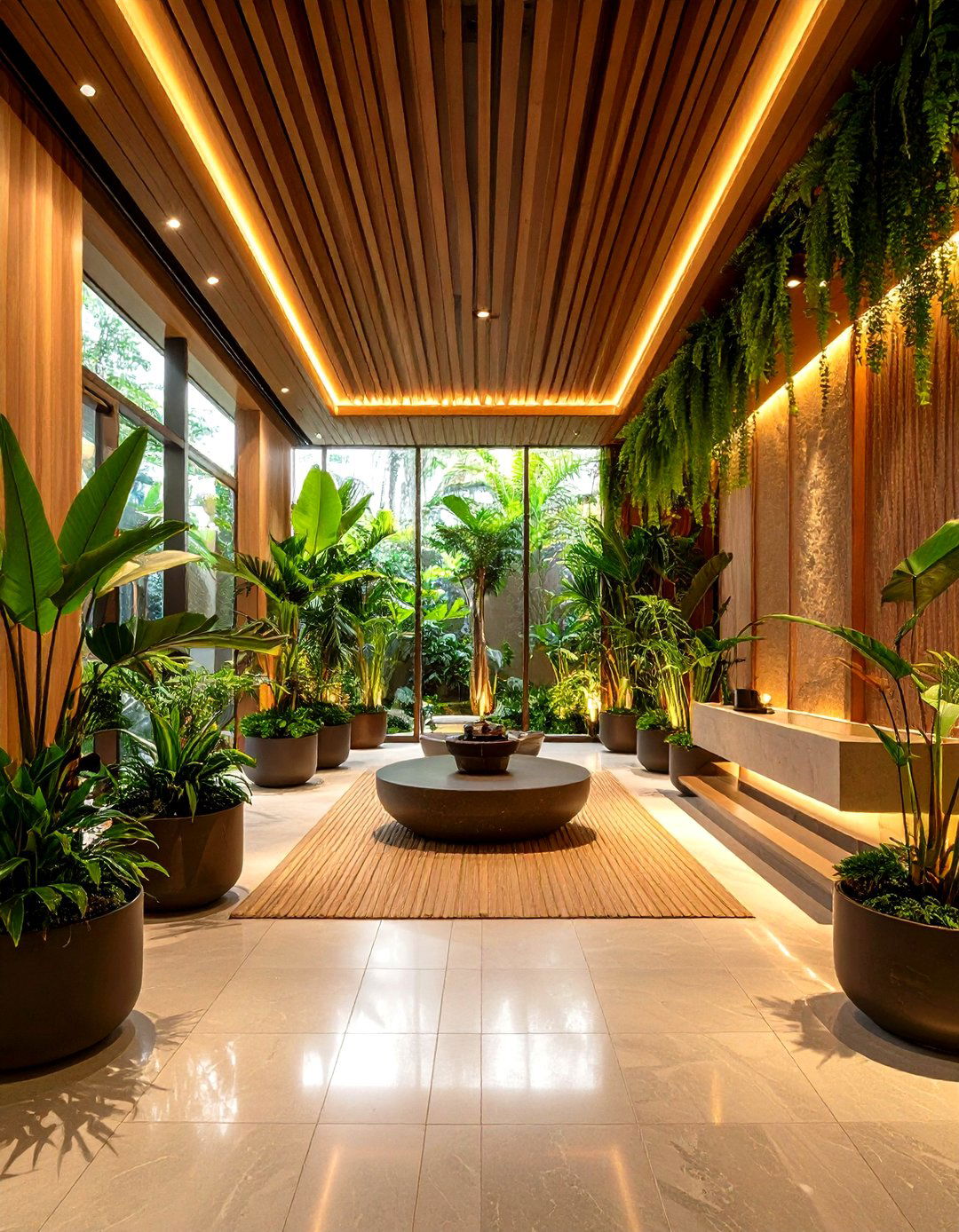
Biophilic design principles underscore the inclusion of live plants to purify air, introduce natural color, and reduce stress. Easy-care varieties like bamboo palms, snake plants, and philodendrons thrive in humidity-controlled spa environments. Potted ferns or hanging planters soften corners, while larger floor specimens define seating nooks. Beyond aesthetics, greenery enhances client well-being by connecting them to nature, even indoors.
5. Water Features and Fountains
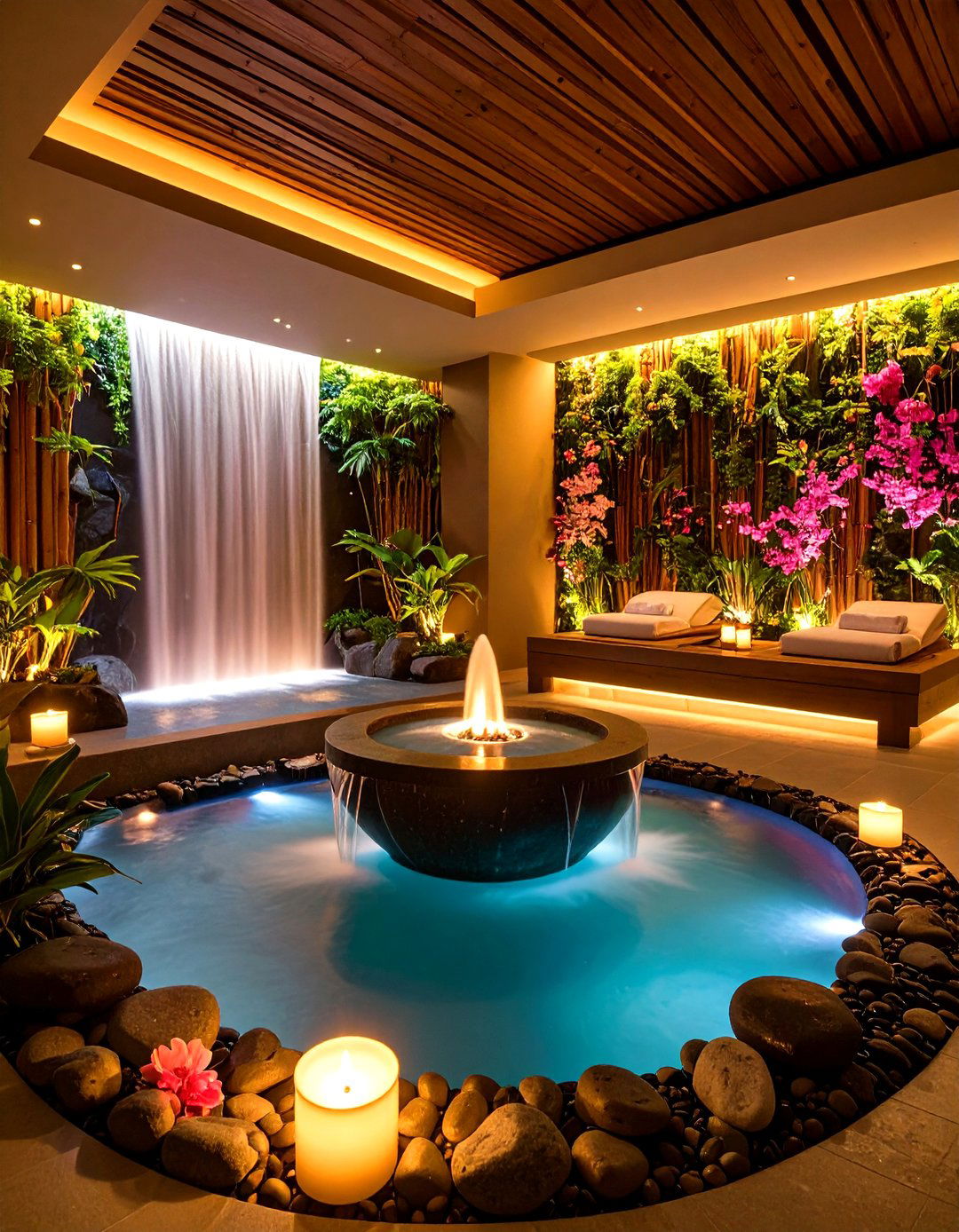
Gentle water sounds promote tranquility and mask external noise. Tabletop fountains, wall-mounted water walls, or small indoor ponds can be placed in lobbies or treatment rooms to create focal points. The rhythmic flow soothes the nervous system and elevates the spa’s sensory profile. Designers often integrate LED‐lit fountains to add a subtle visual dimension after dusk.
6. Minimalist Design
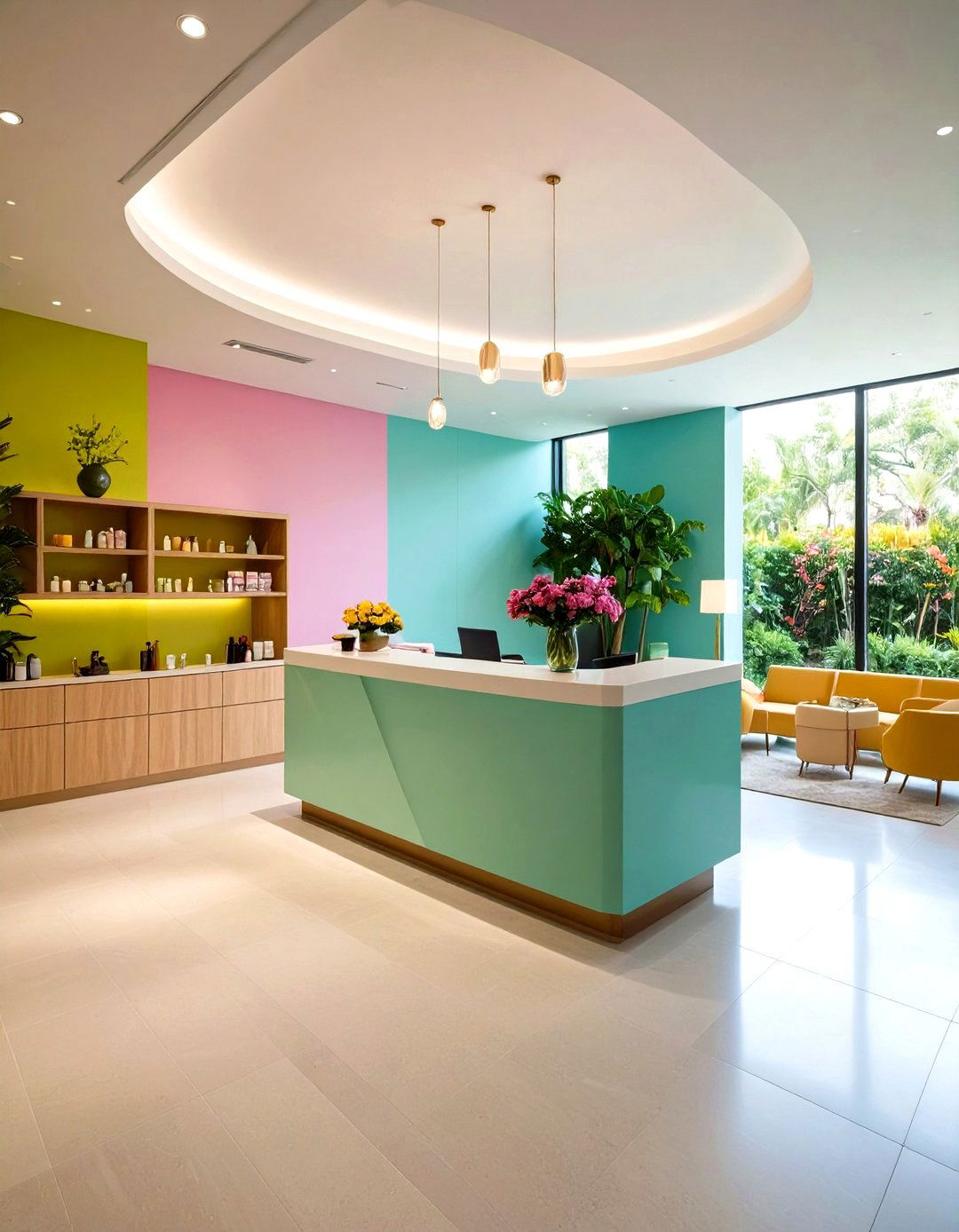
A minimalist approach strips away unnecessary ornamentation, focusing instead on clean lines and uncluttered spaces. Reception desks with simple geometric forms, seamless cabinetry for storage, and hidden handles reinforce a sense of order. This restraint allows clients to disengage from complexity and promotes mental clarity. Minimalism in spa design also streamlines maintenance and highlights key sensory features, such as scent diffusers or artwork.
7. Wooden Elements and Textures
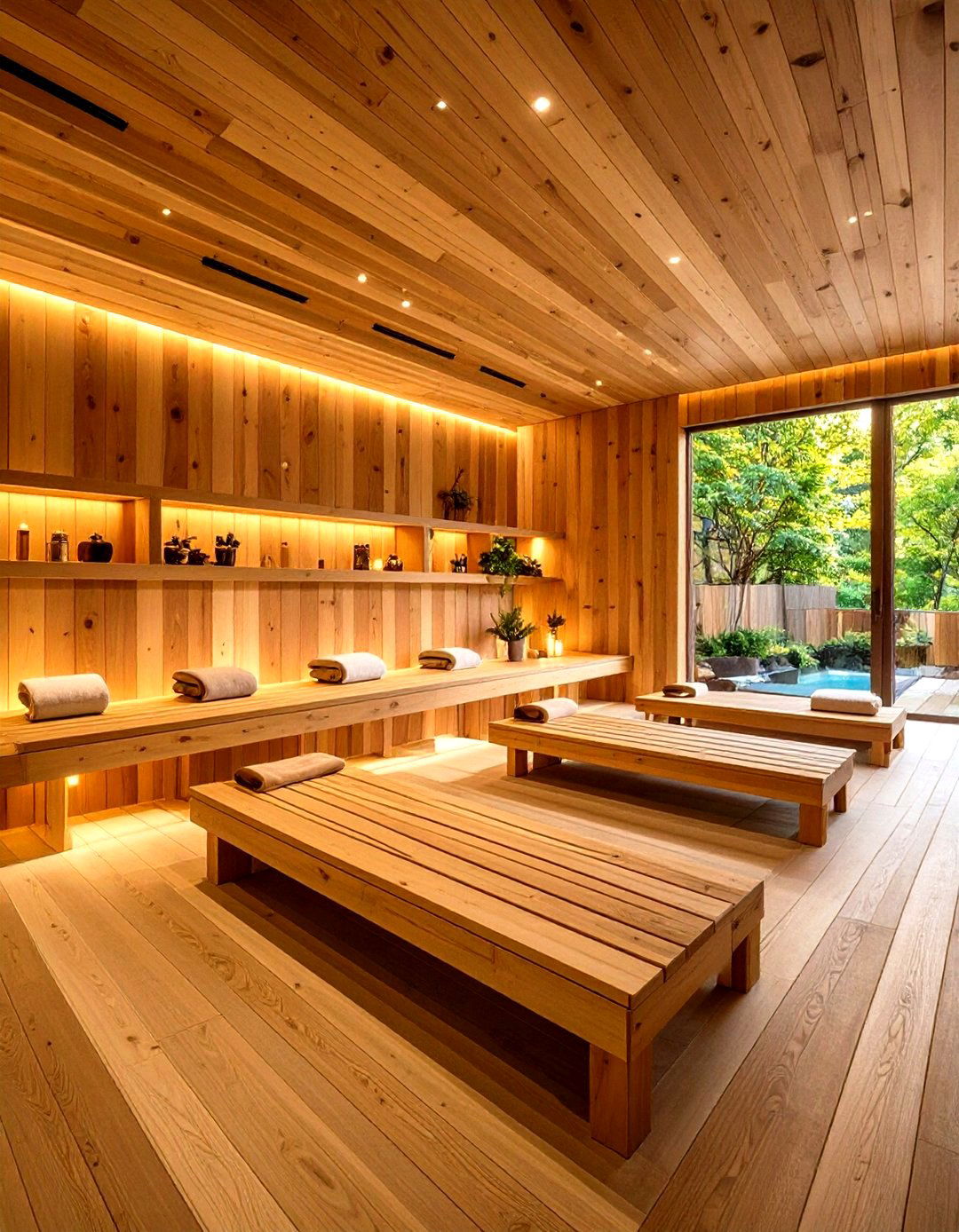
Warm wood tones—found in teak benches, walnut shelves, or cedar ceilings—imbue spa interiors with organic warmth. Reclaimed or sustainably sourced timbers underscore eco-friendly values. Textured wooden slats can function as decorative partitions, offering privacy without full enclosures. The tactile quality of wood underfoot or on seating surfaces deepens the sensory connection to natural materials.
8. Aromatherapy and Candle Displays
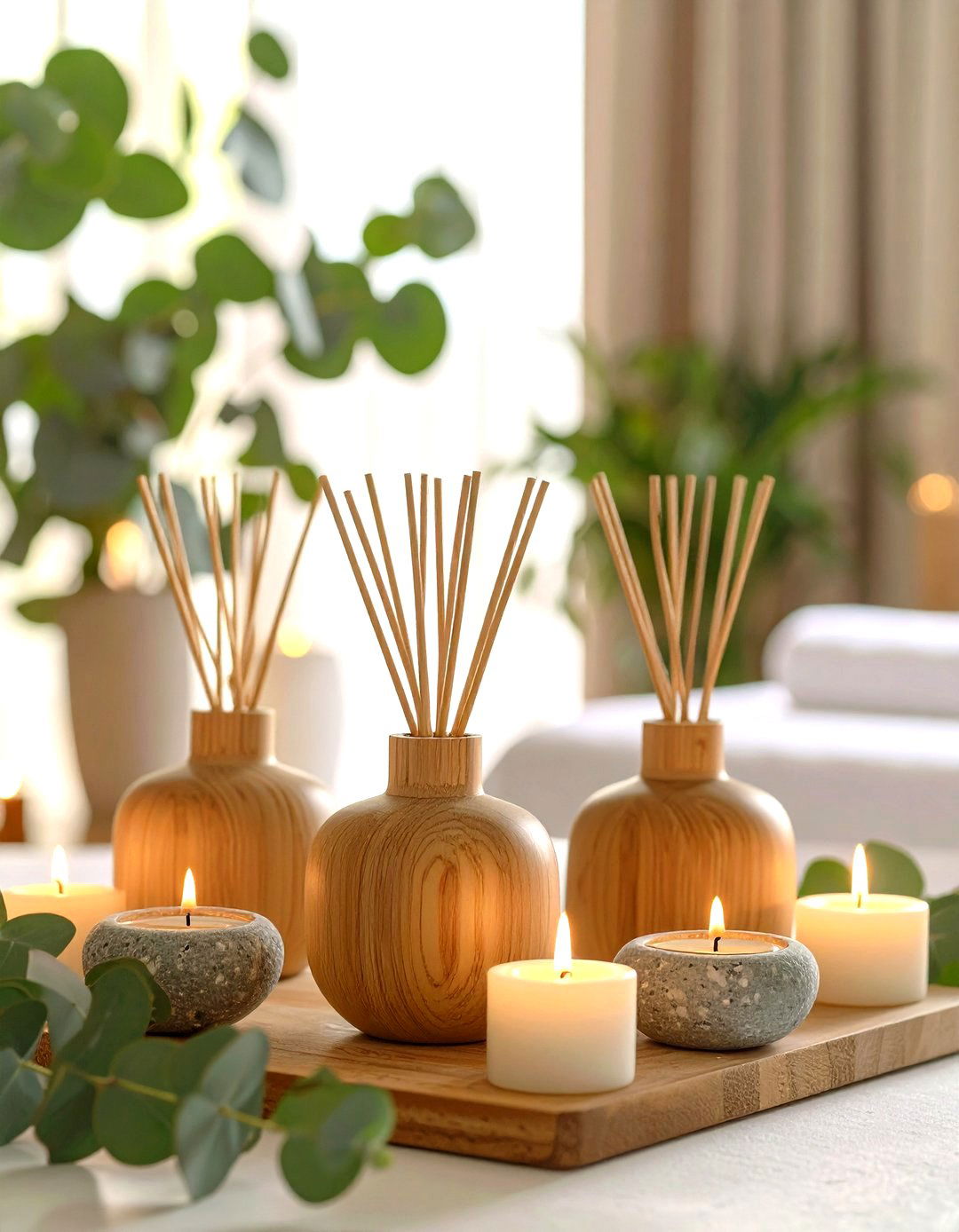
Scent profoundly affects mood; thoughtfully arranged essential oil diffusers and candle groupings create inviting olfactory experiences. Diffuser pods can be embedded in shelving niches, releasing lavender, eucalyptus, or citrus notes. Grouped pillar or tea lights in stone or glass holders add visual interest and a warm glow. This multisensory layering reinforces relaxation and distinguishes signature spa treatments.
9. Himalayan Salt Decor
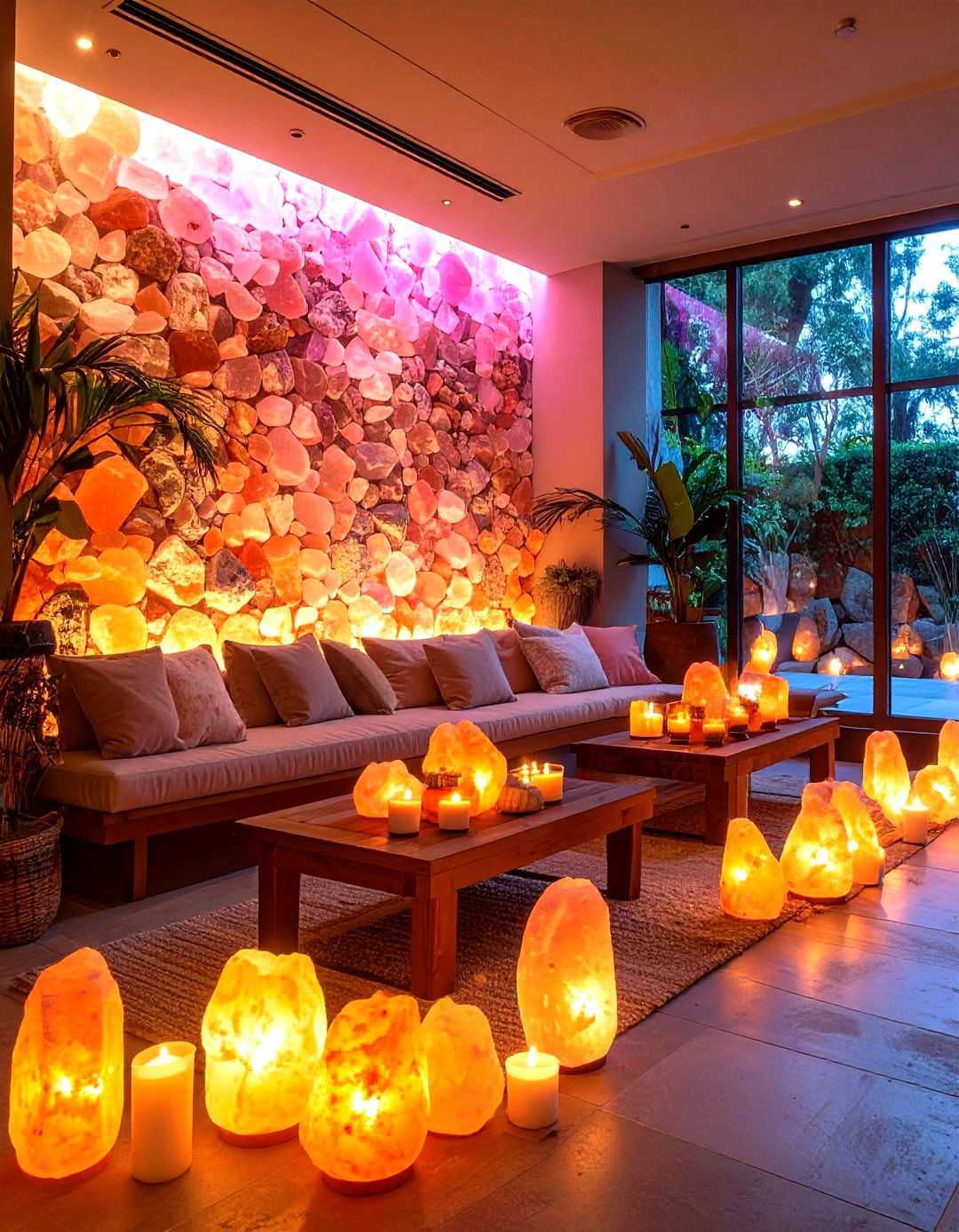
Himalayan salt lamps and salt-block walls lend spaces a soft pink luminescence and are believed to offer air-purifying benefits. Salt blocks can form feature walls or seating niches, providing both aesthetic warmth and a gentle radiance. Smaller salt lamps placed on side tables further extend the glow and tie into wellness narratives focused on holistic health.
10. Zen-Inspired Shoji Screens
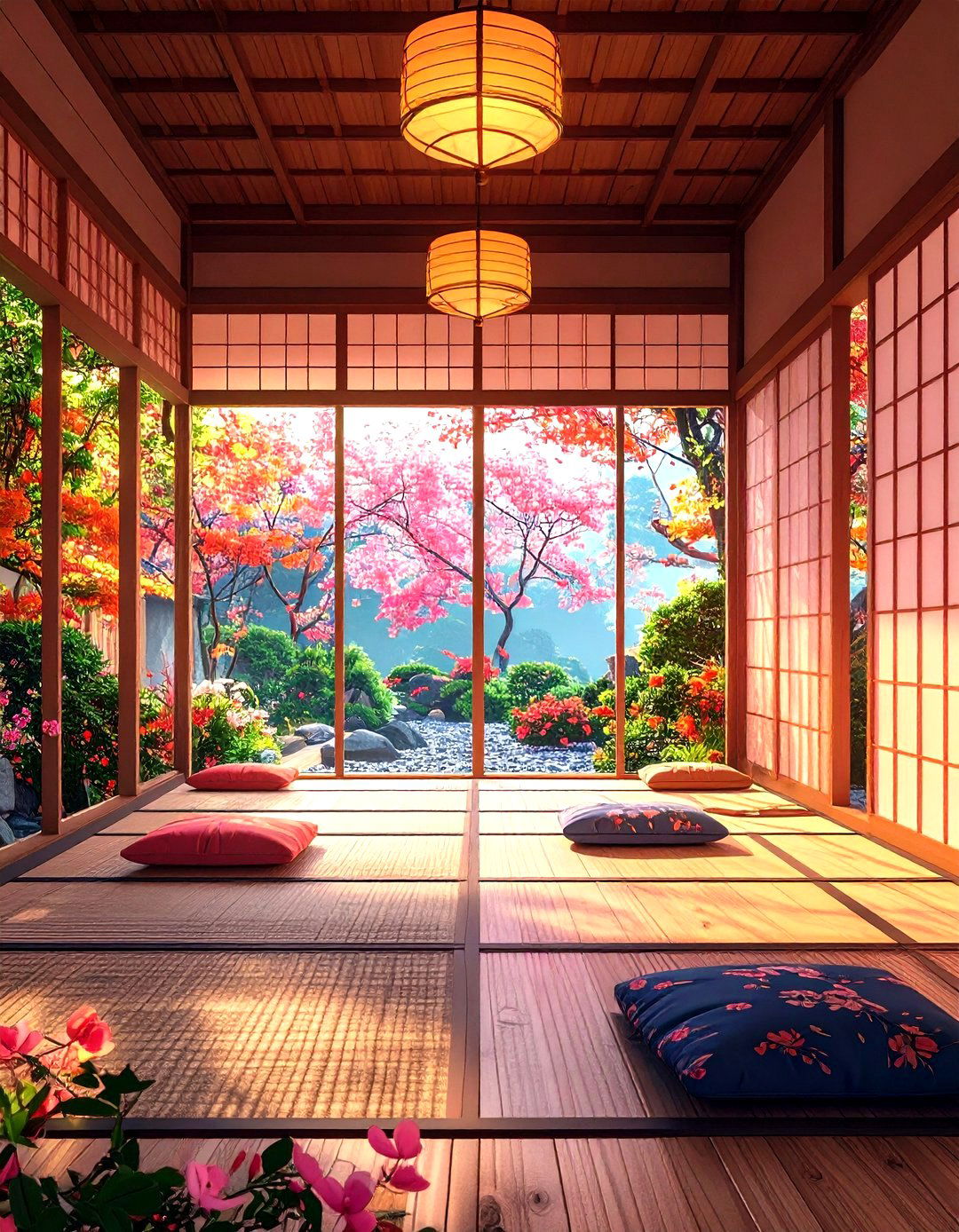
Japanese shoji screens—crafted from translucent paper and wooden lattices—serve as lightweight room dividers that maintain visual connection while offering subtle privacy. Their grid patterns cast delicate shadows when lit from behind, creating a dynamic interplay of light and form. Shoji screens can screen off changing areas or massage stations without constructing permanent walls, preserving the flow of space.
11. Textured Walls (Tadelakt & Microcement)

Artisan plaster finishes like Moroccan Tadelakt or microcement impart smooth, tactile wall surfaces that reflect light softly. These waterproof, durable finishes suit wet areas and steam rooms, while providing a handcrafted, earthy aesthetic. Applied in neutral or deep, moody hues, textured plasters become functional art pieces that elevate spa interiors.
12. Comfortable Seating Areas
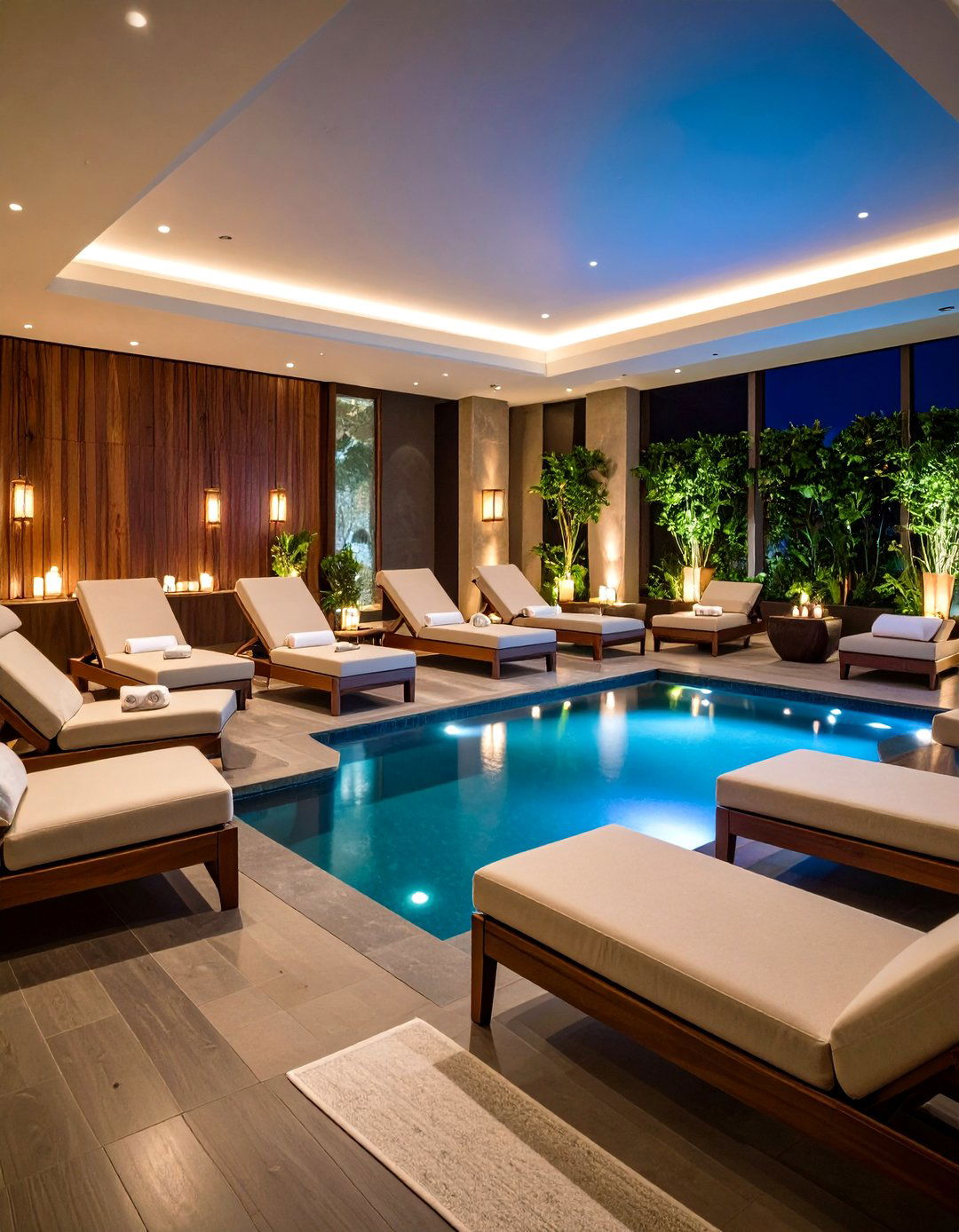
Lounges with overstuffed armchairs, chaise lounges, and modular sofas invite clients to unwind before and after treatments. Upholstery in moisture-resistant fabrics ensures durability, while side tables hold refreshments or reading materials. Placing seating near windows or water features maximizes views and enhances the relaxation ritual.
13. Acoustic Soundscapes
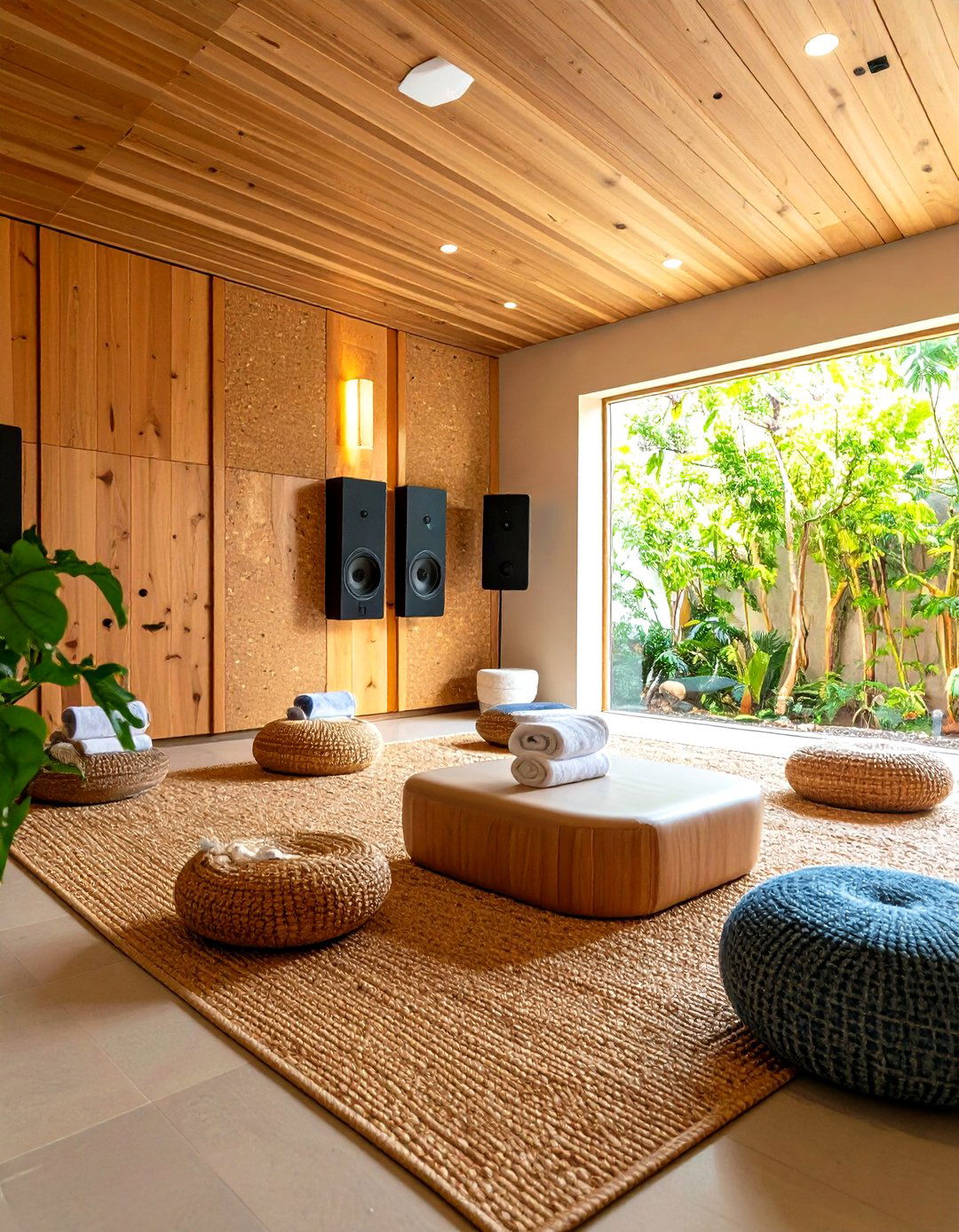
Soundproofing materials—such as cork wall panels or sound-absorbing textiles—keep noise levels low. Integrated speaker systems can play curated playlists of nature sounds, soft instrumental music, or guided meditations. Proper acoustic design ensures each room feels hushed, safeguarding the intimate atmosphere central to spa experiences.
14. Vertical Living Walls
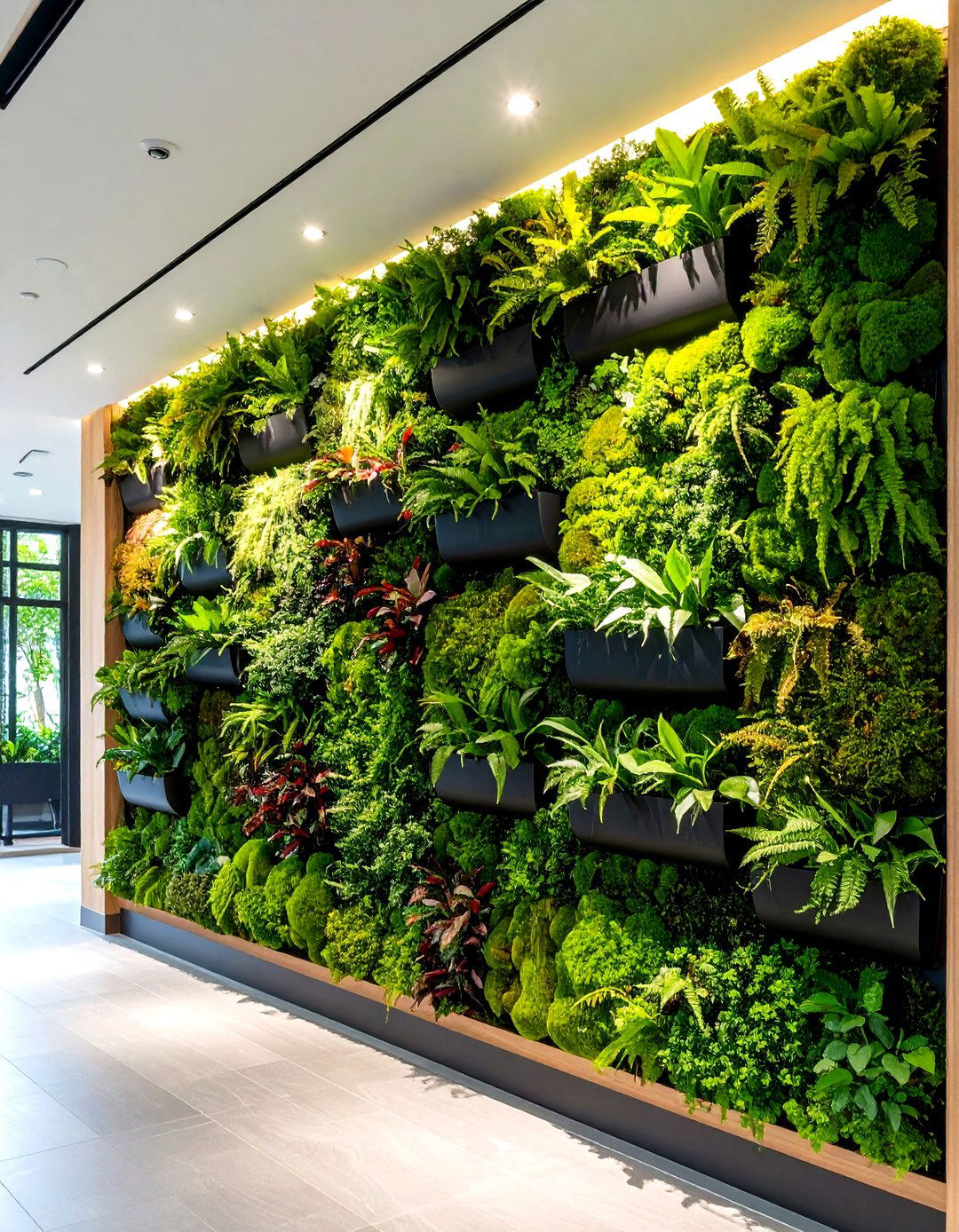
Green walls equipped with self-watering irrigation systems serve as living art installations that filter air and introduce lush textures. Ferns, pothos, and moss panels thrive vertically, making efficient use of space. Positioned behind reception desks or in relaxation lounges, living walls become striking focal points that reinforce a spa’s connection to nature.
15. Organic Textiles and Linens

Linens in organic cotton, bamboo fiber, or linen blends offer soft, breathable comfort against the skin. Towels, robes, and treatment table covers in natural textiles support sustainability and hypoallergenic standards. Textured weaves and tonal stripes add subtle visual layering while reinforcing an eco-conscious brand ethos.
16. Scent Diffusers Integrated into Design
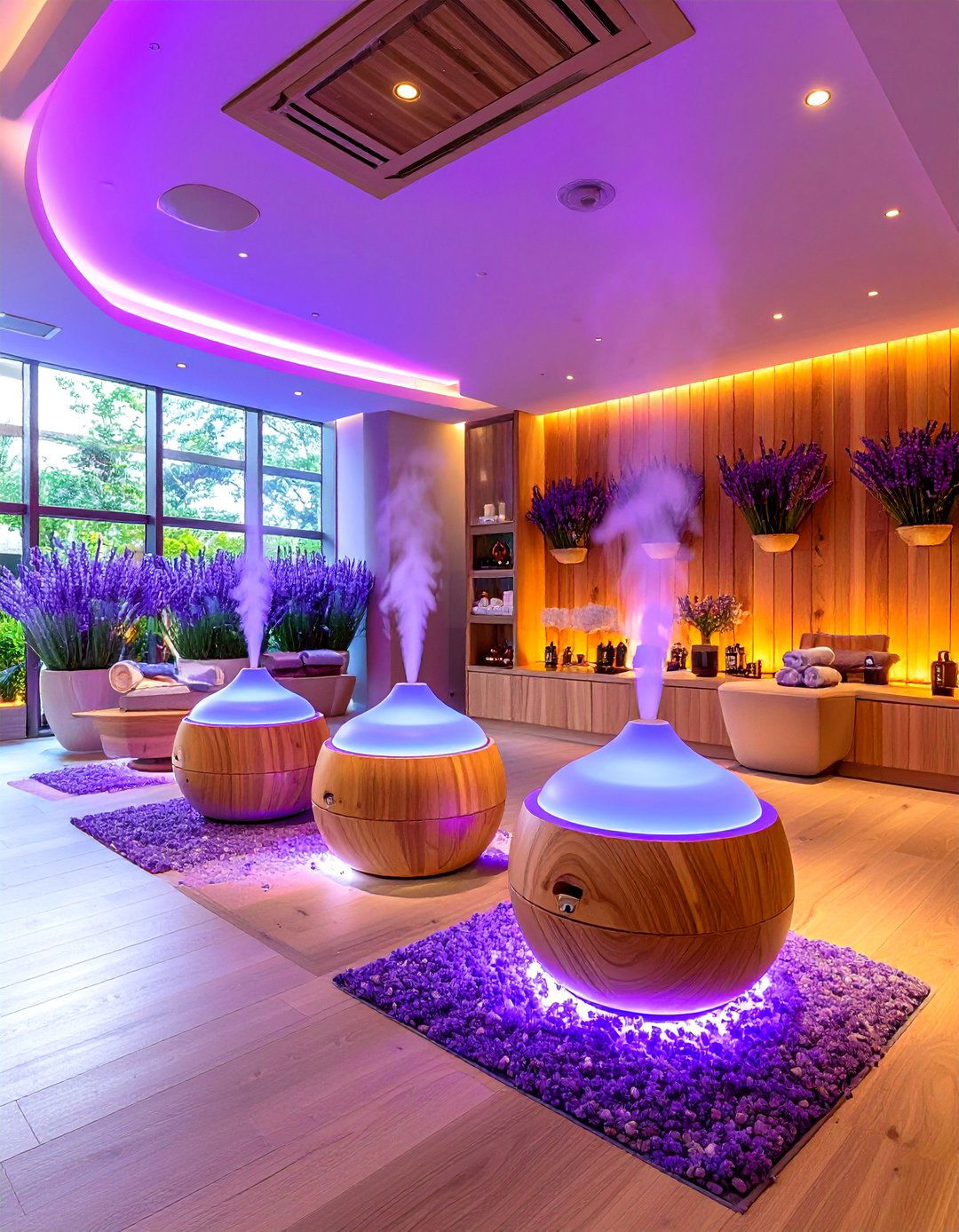
Beyond standalone units, essential oil diffusers can be discreetly built into cabinetry, wall niches, or lathe openings. Programmable diffusers allow timed scent releases aligned with treatment schedules, ensuring each room maintains its signature fragrance without visible devices.
17. Artwork and Sculptures
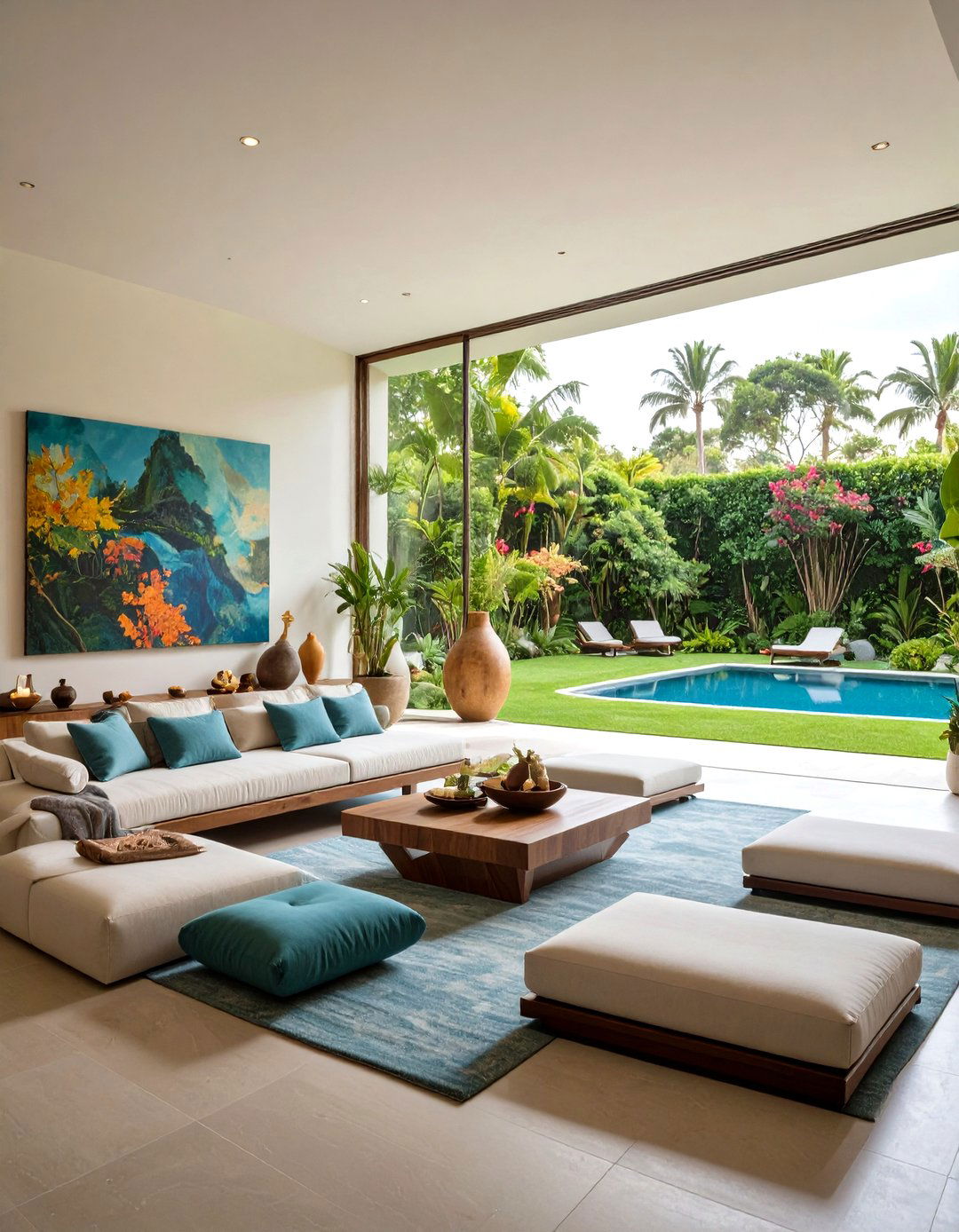
Curated art pieces—such as abstract canvases, metal sculptures, or nature photography—add personality and elegance without overwhelming the space. Neutral or monochromatic works maintain serenity, while organic-shaped sculptures echo the spa’s natural themes. Art installations can also mark focal points or wayfinding nodes.
18. Sustainable and Eco-Friendly Materials
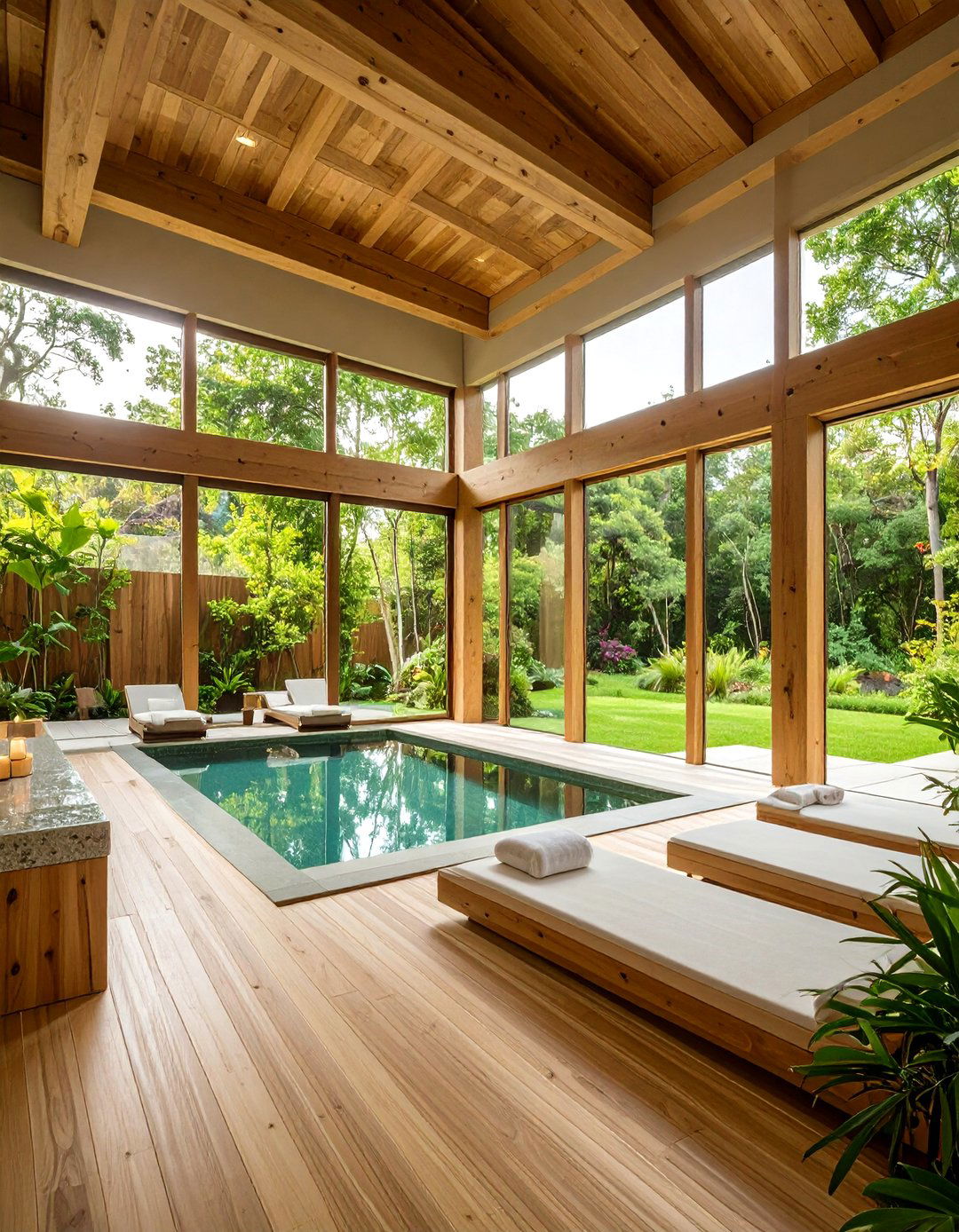
Bamboo flooring, recycled glass countertops, and low-VOC paints minimize environmental impact. Upcycling old wooden beams or repurposing reclaimed materials not only reduces waste but also adds history and character. Eco-certifications and transparent sourcing resonate with clients who value green practices.
19. Mixed Materials Layering
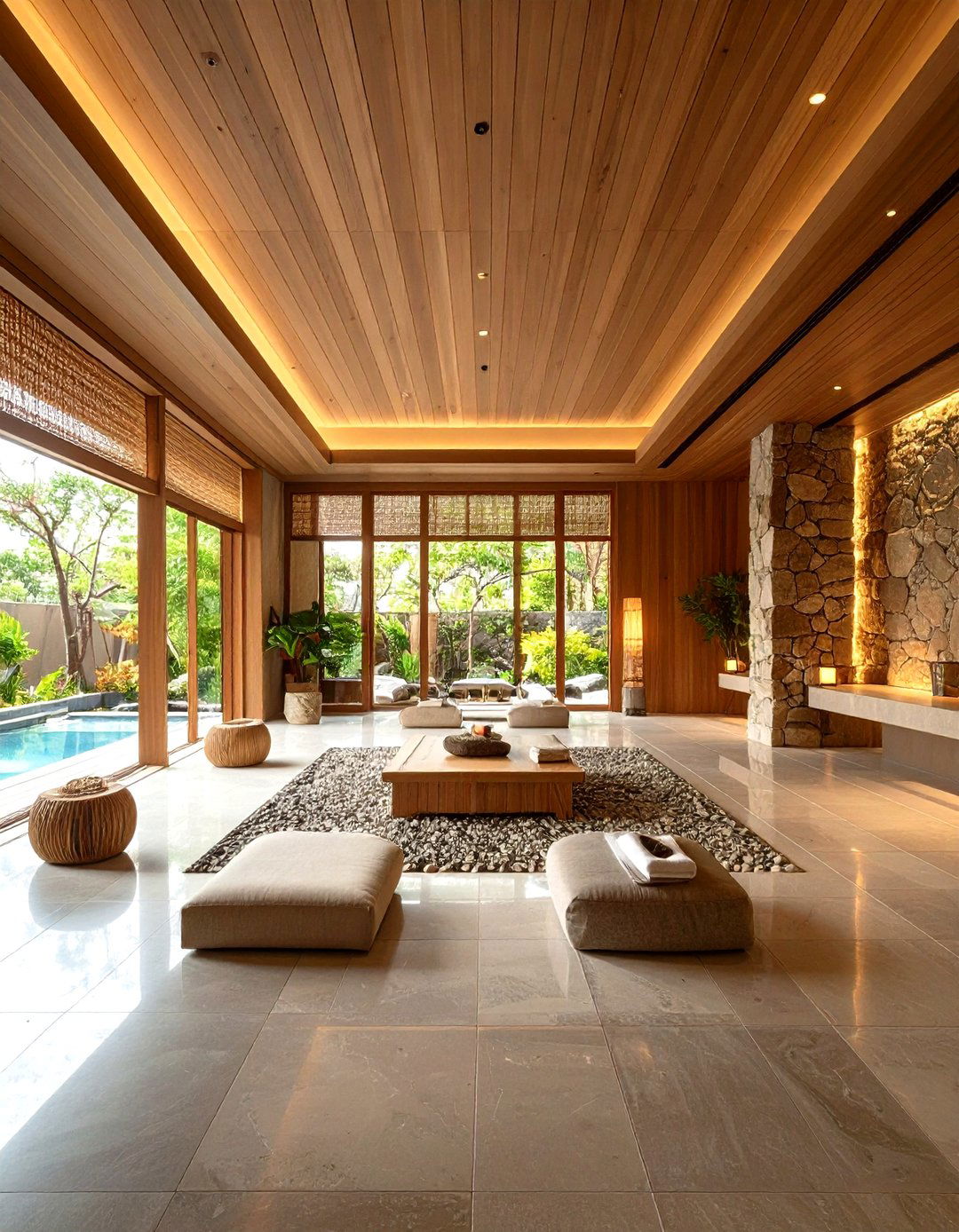
Contrasting textures—such as pairing raw stone walls with smooth plaster ceilings or mixing woven rattan screens with polished wood surfaces—create depth and tactile intrigue. Succession of materials guides the eye through the space, making every turn feel intentional and curated.
20. Personalized Client Lounges
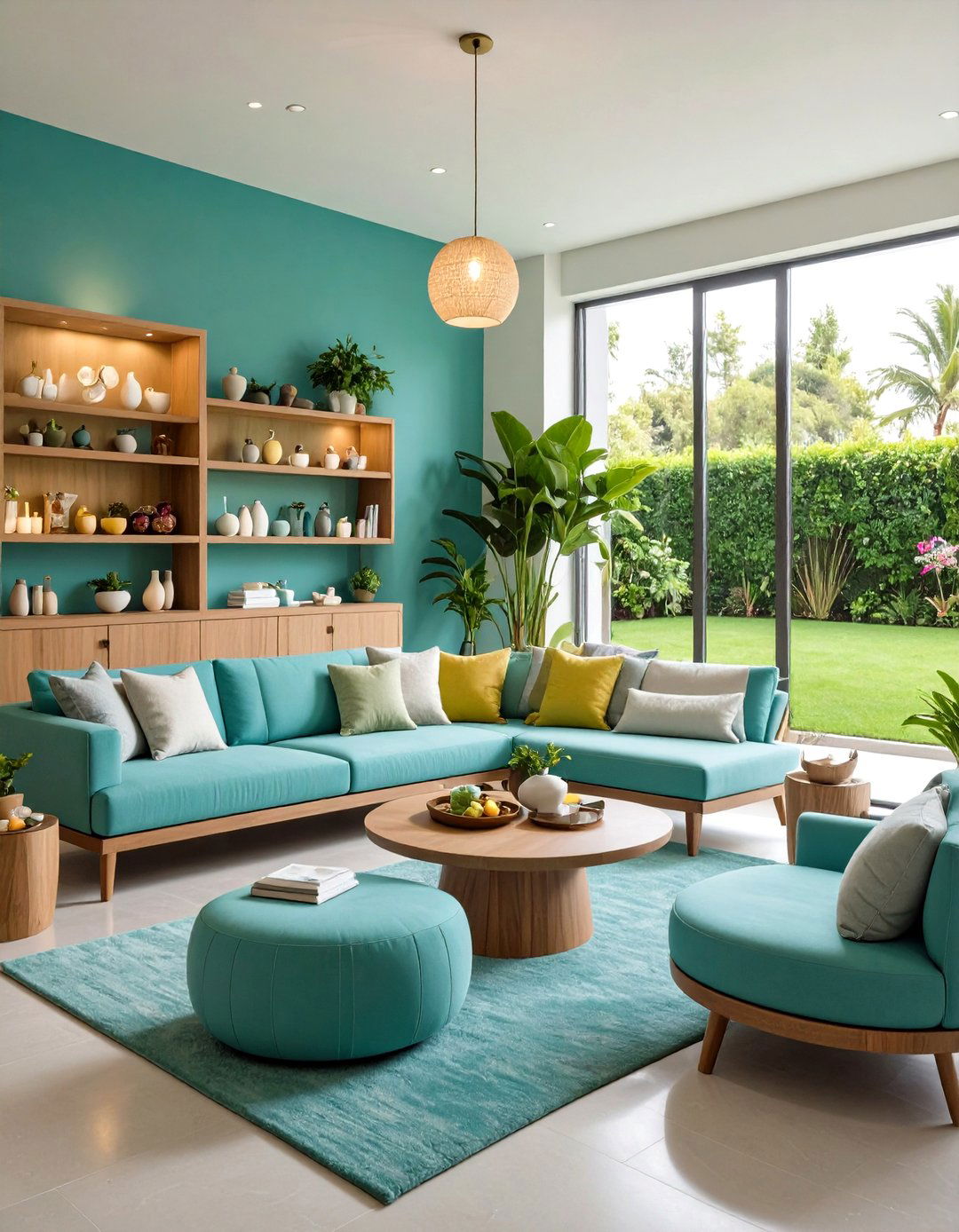
Offering semi-private lounges customized with clients’ names, preferred teas, or reading materials adds an exclusive touch. Incorporating charging stations, beverage nooks, and personal storage cubbies makes the post-treatment experience seamless. Personalization reinforces client loyalty and elevates overall satisfaction.
Conclusion:
By weaving together natural elements, mindful lighting, sensory features, and sustainable materials, spa interiors can transcend mere treatment rooms to become holistic sanctuaries. Each decor idea—from stone accents to vertical gardens—serves a dual role: enhancing aesthetics while promoting well-being. Embracing biophilic design, minimalist principles, and personalized touches ensures that every client feels both grounded in nature and cocooned in luxury. As trends evolve, these core concepts remain timeless, defining spa spaces that nourish body, mind, and spirit.


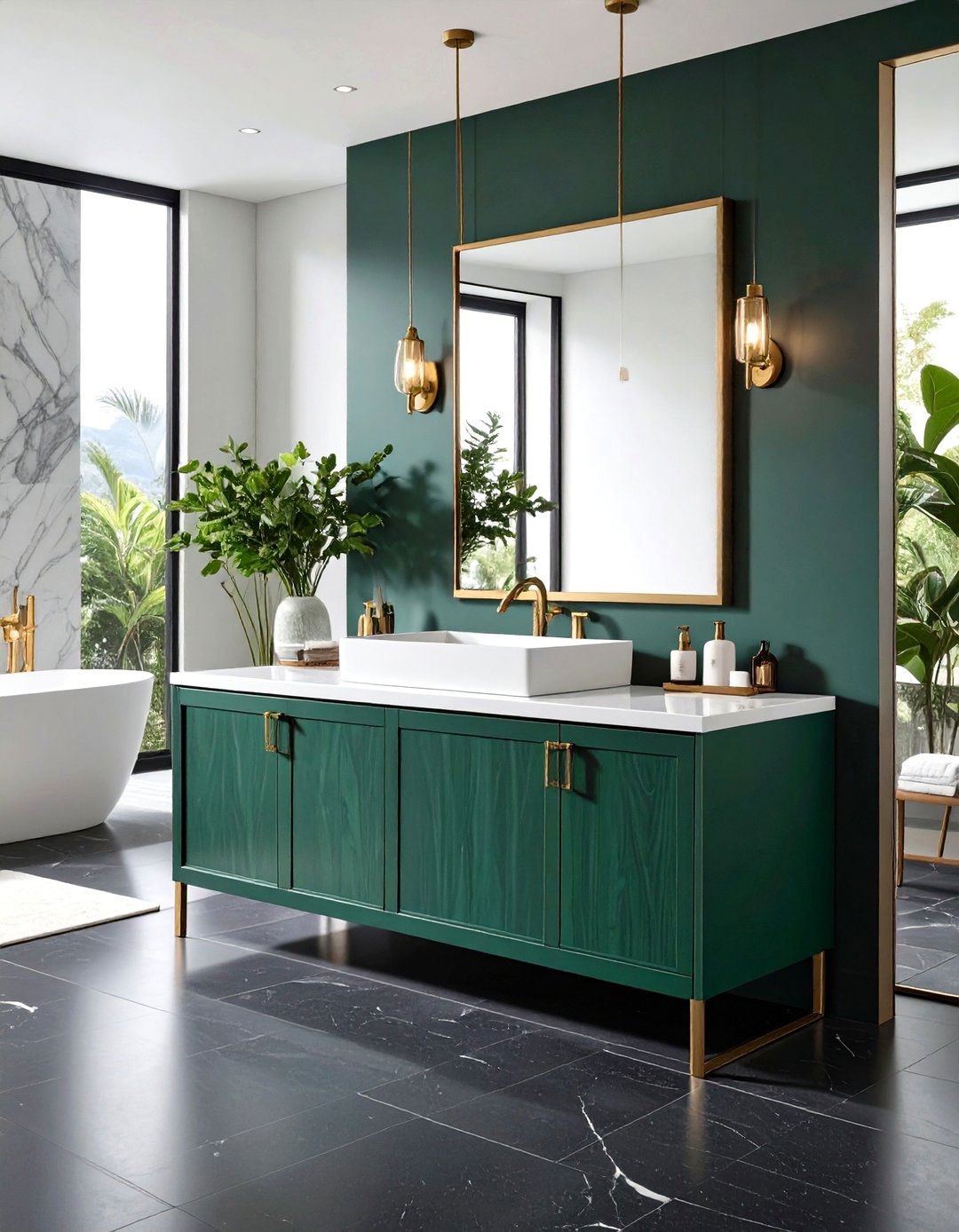
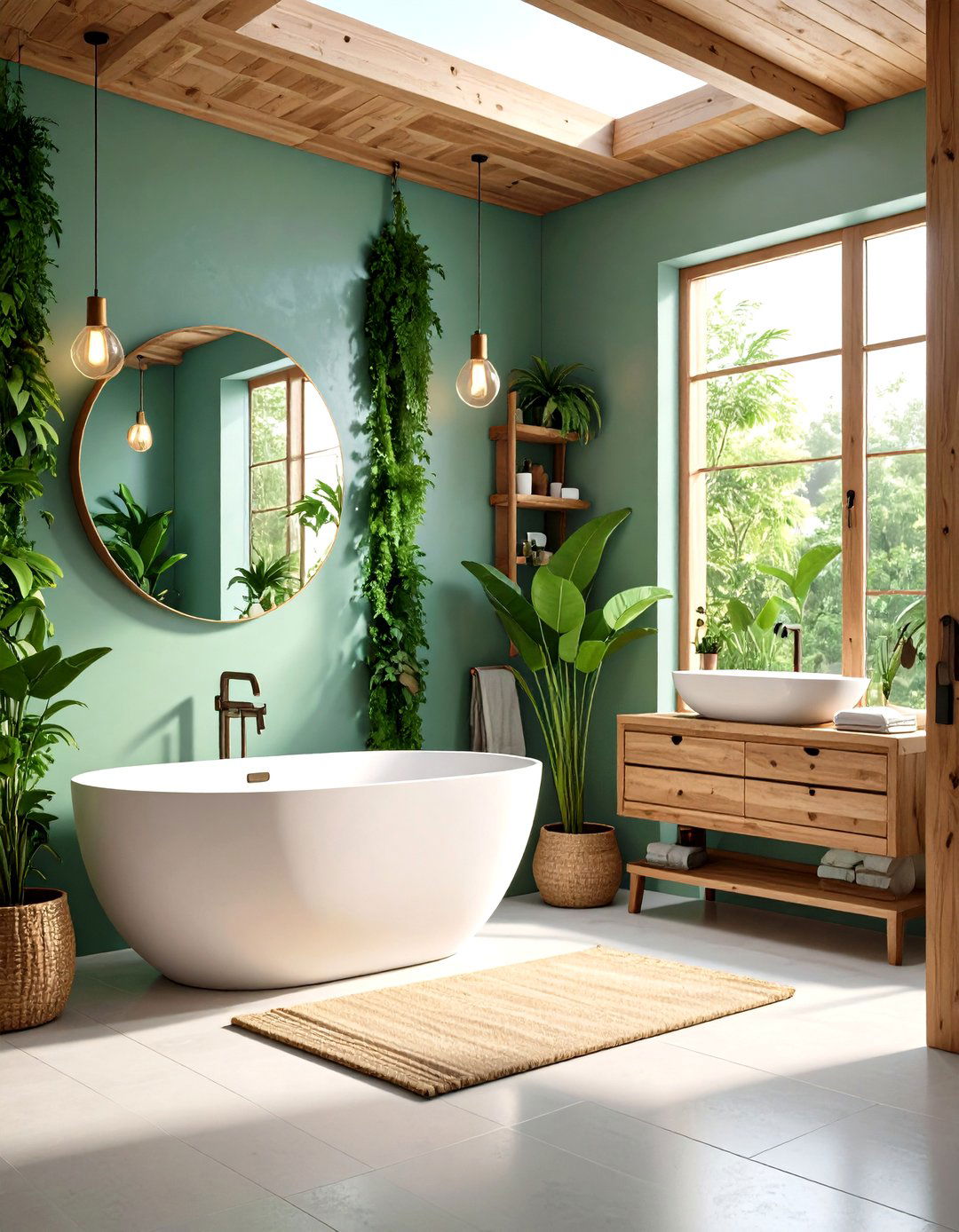
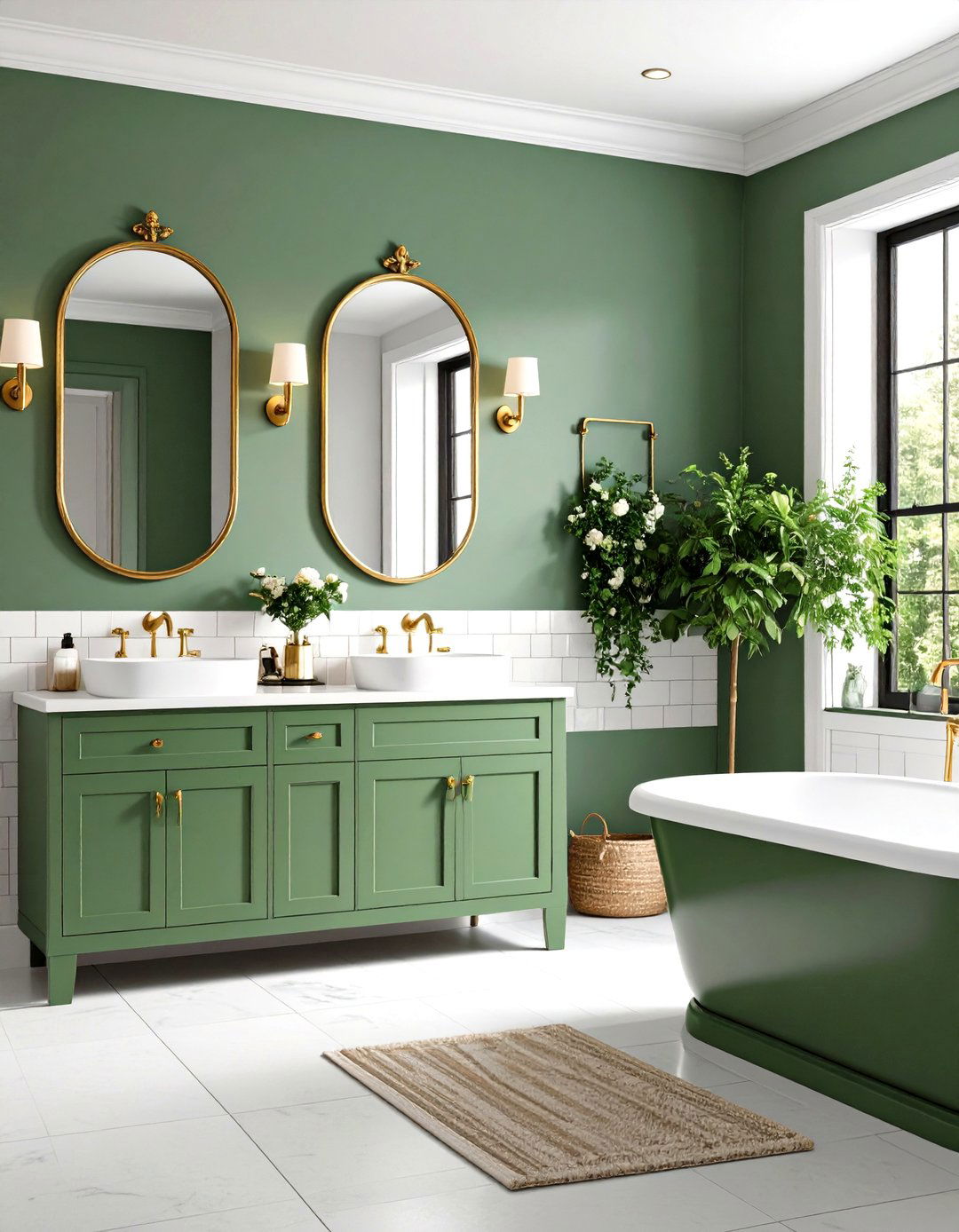
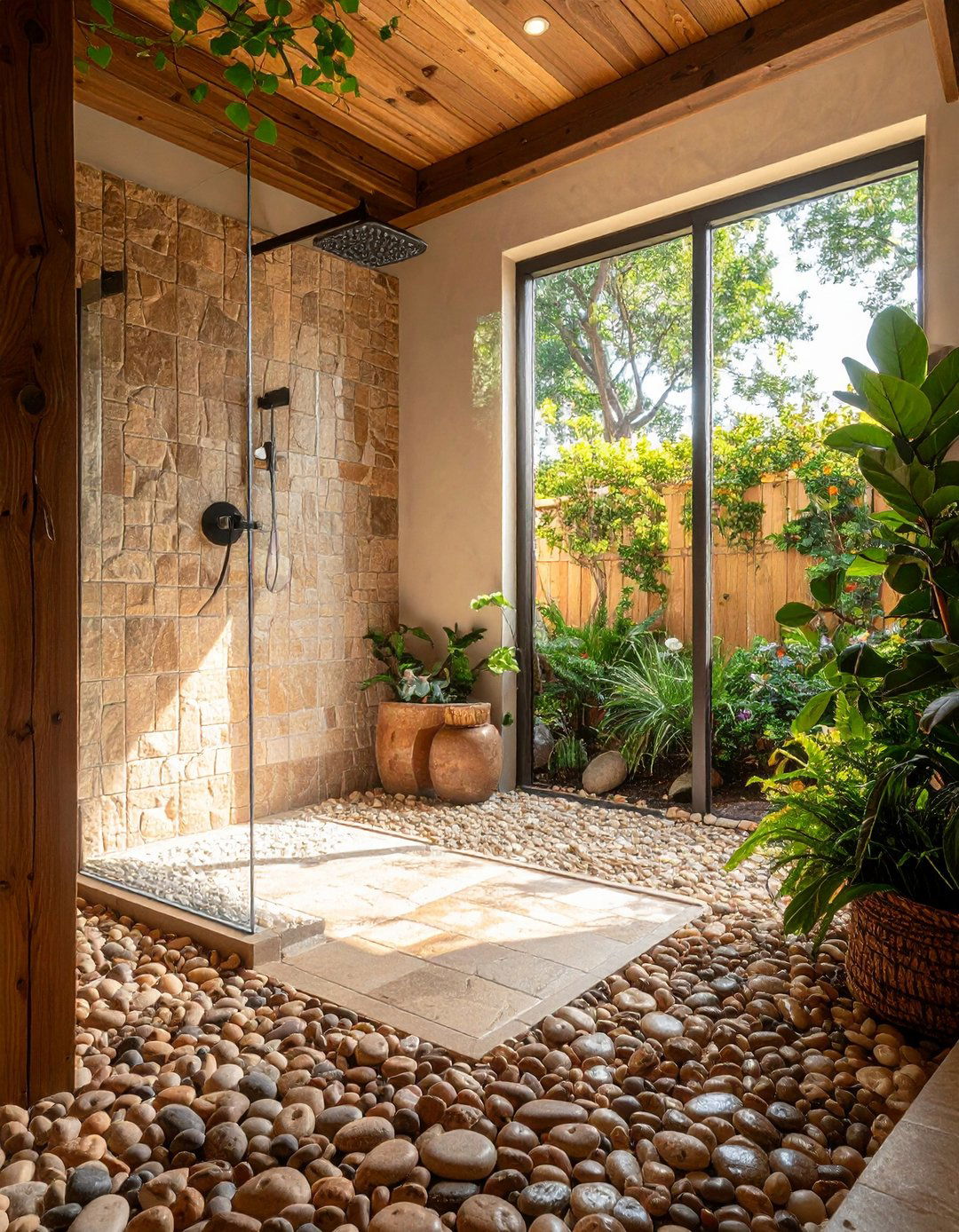
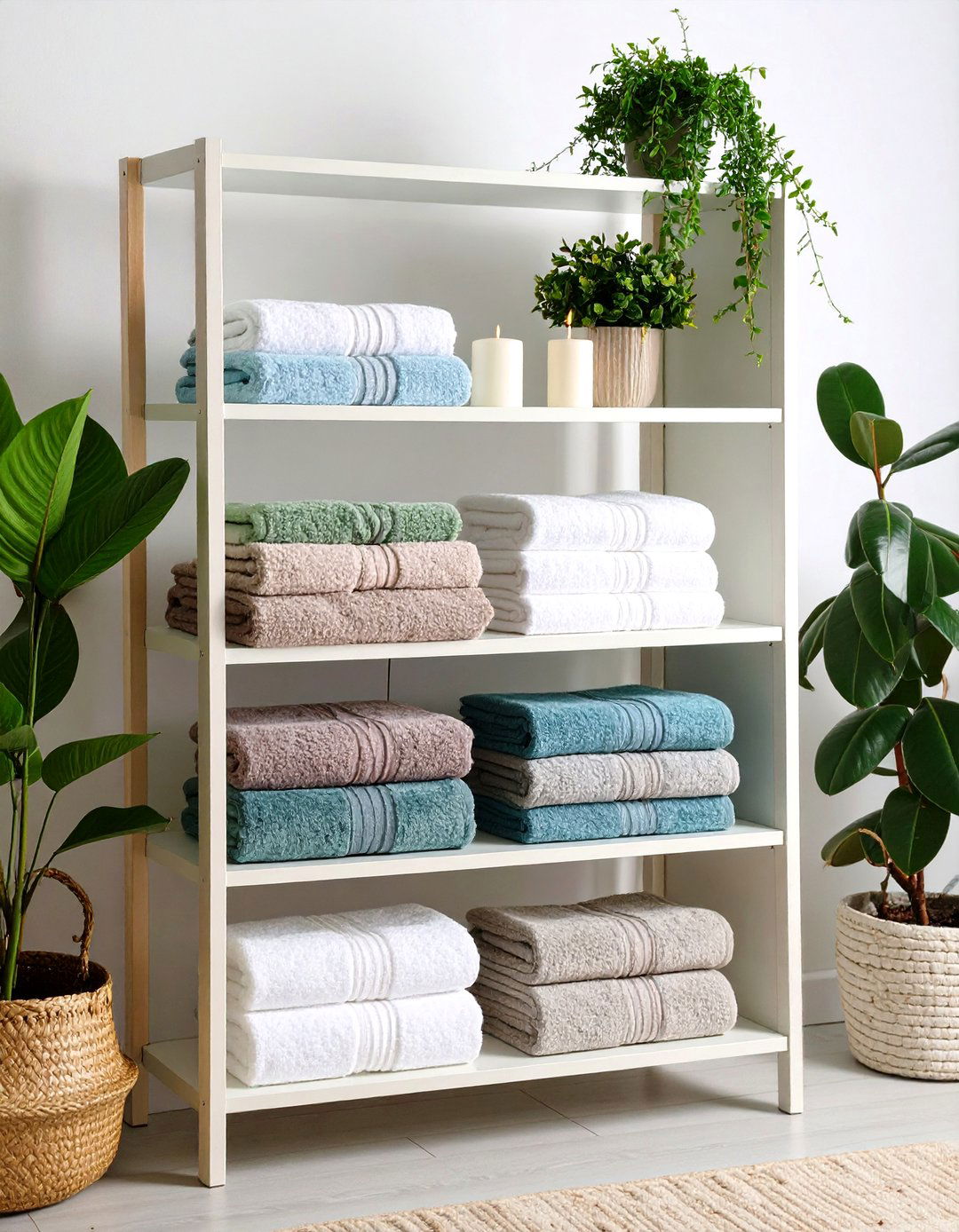

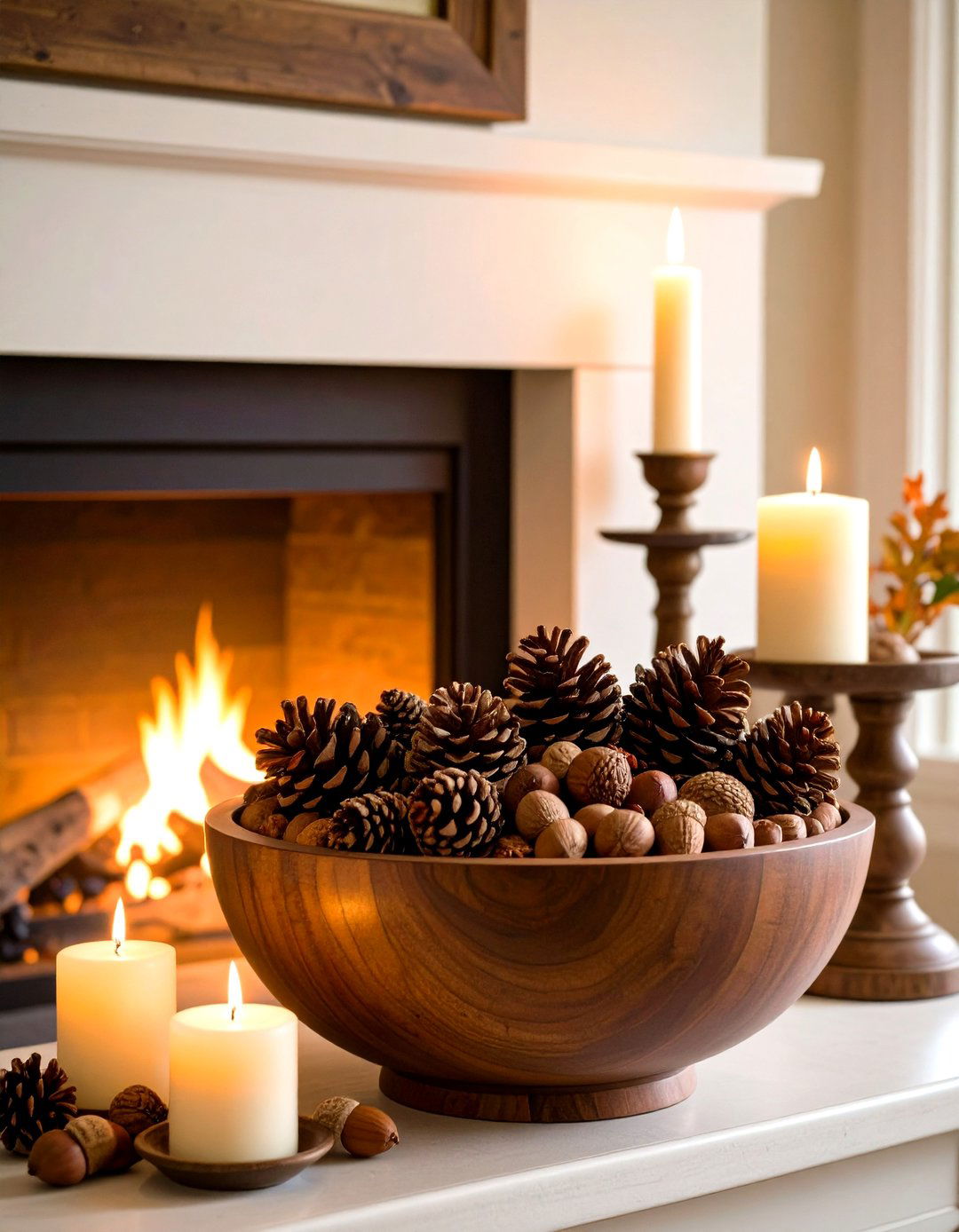
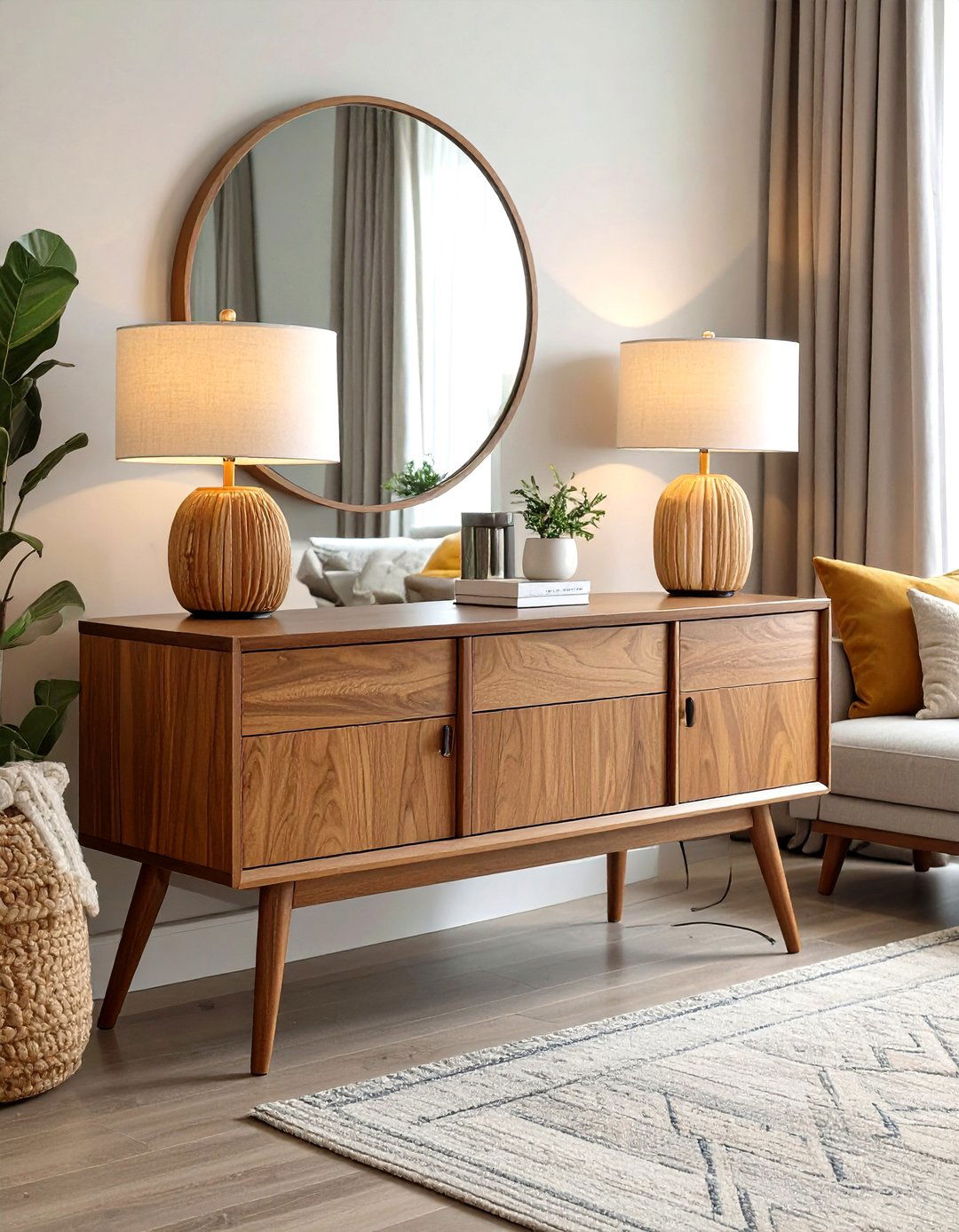

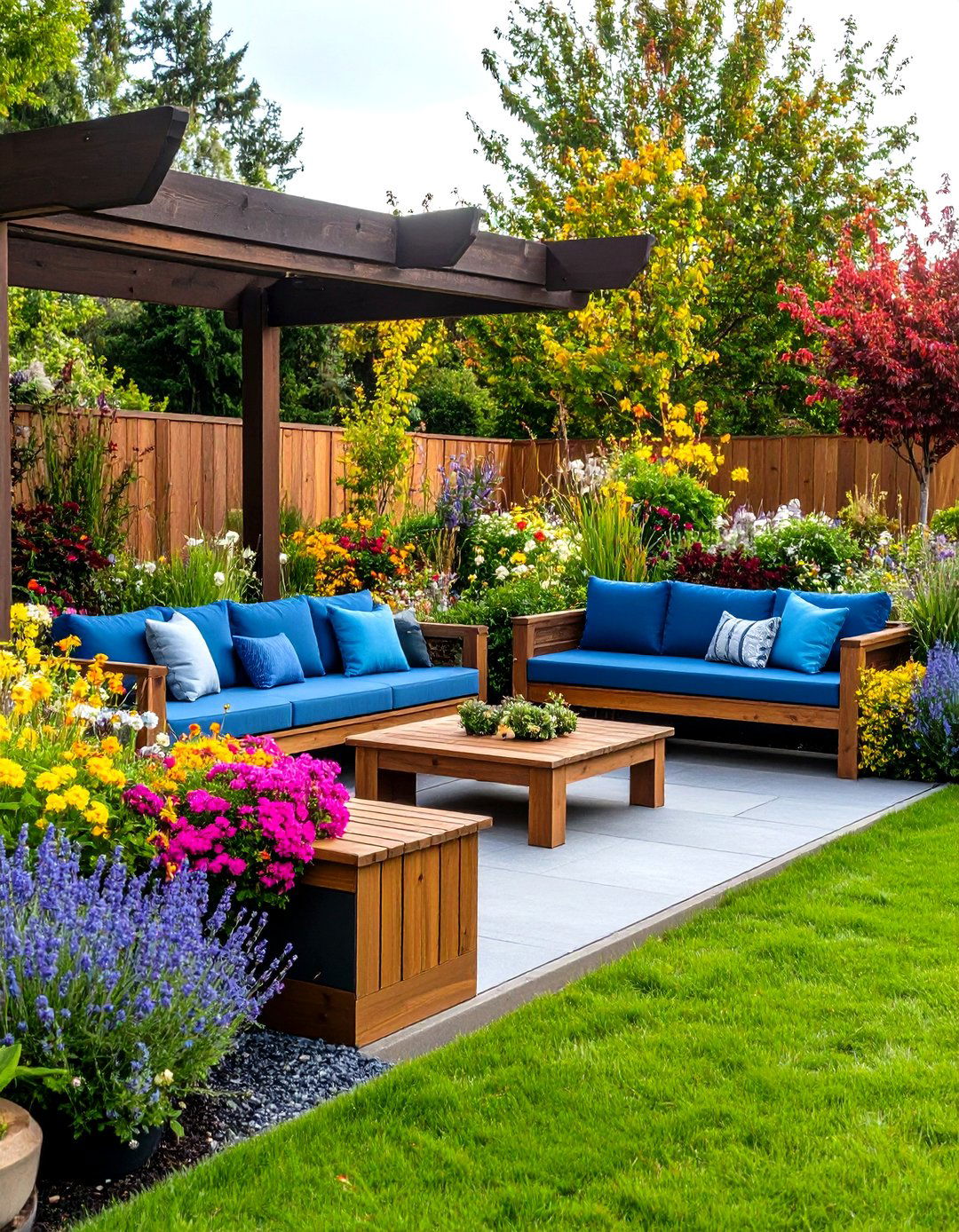
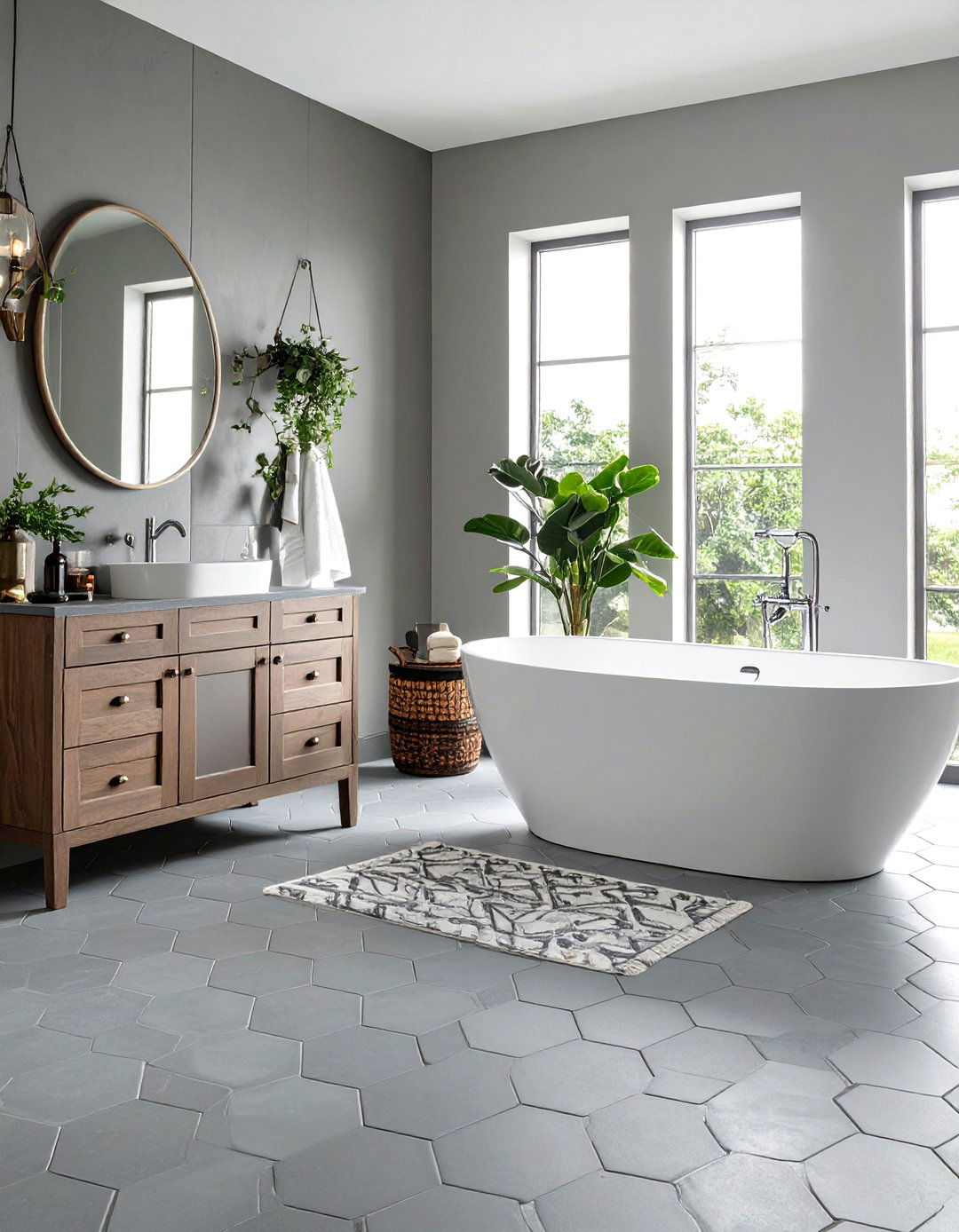
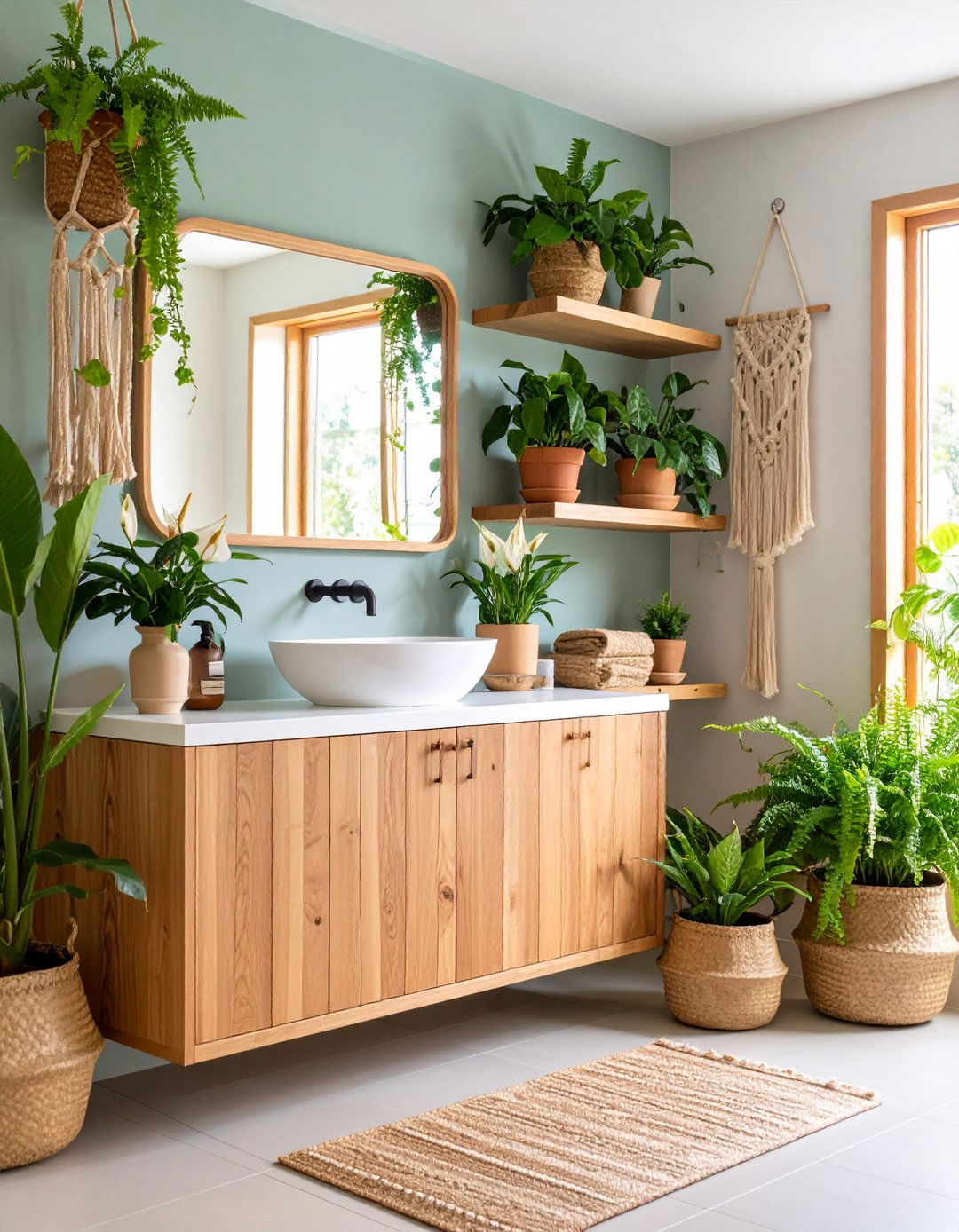
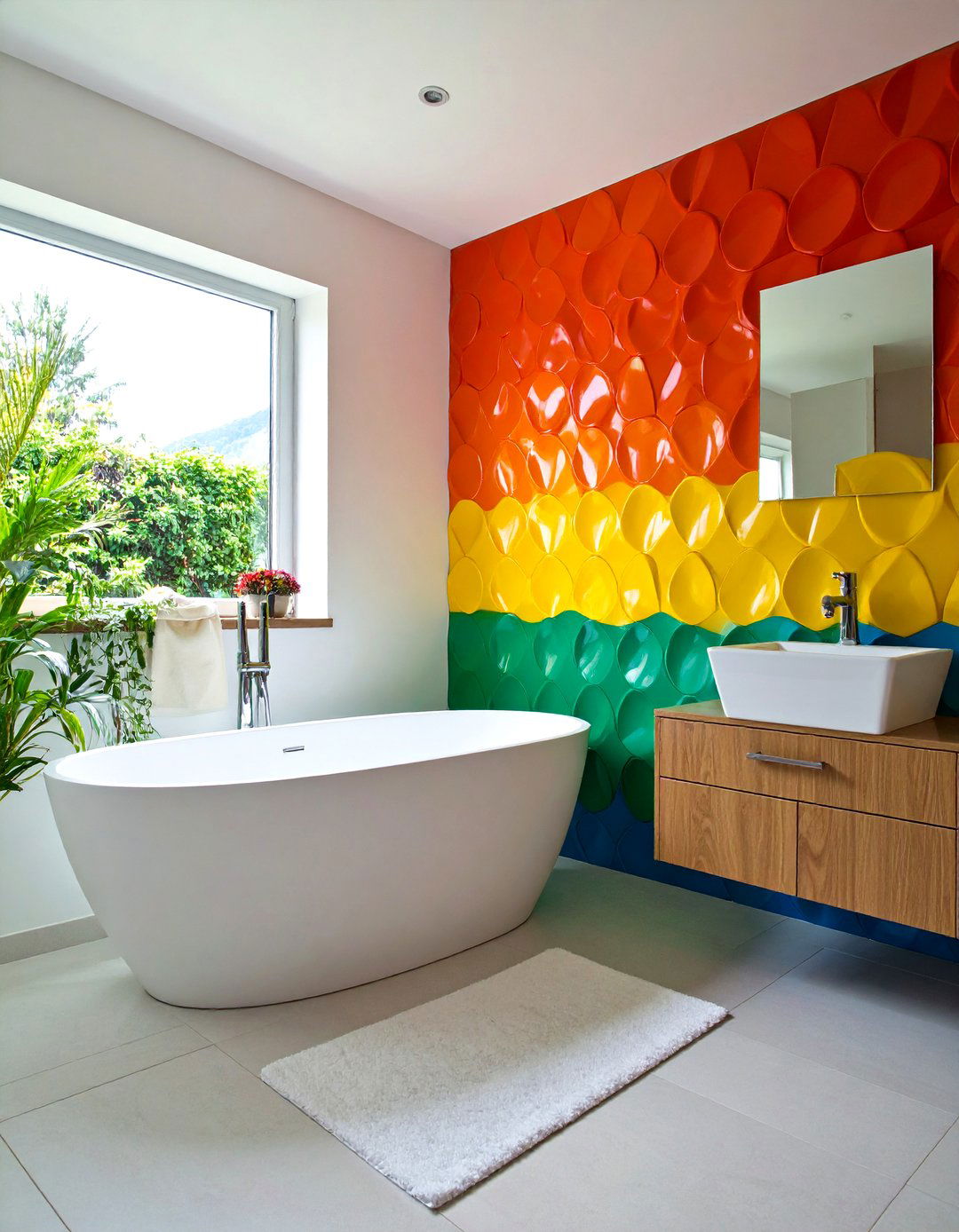
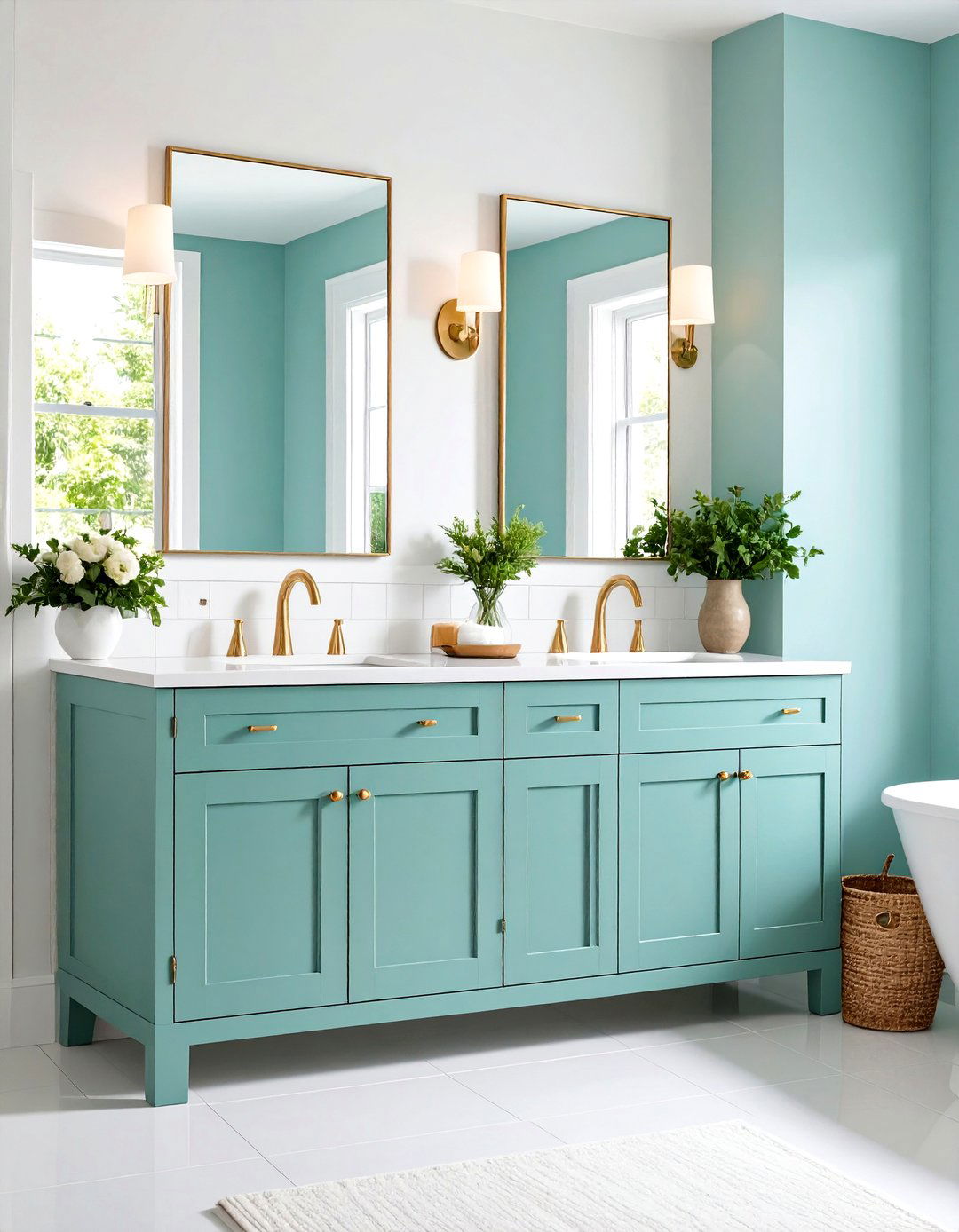
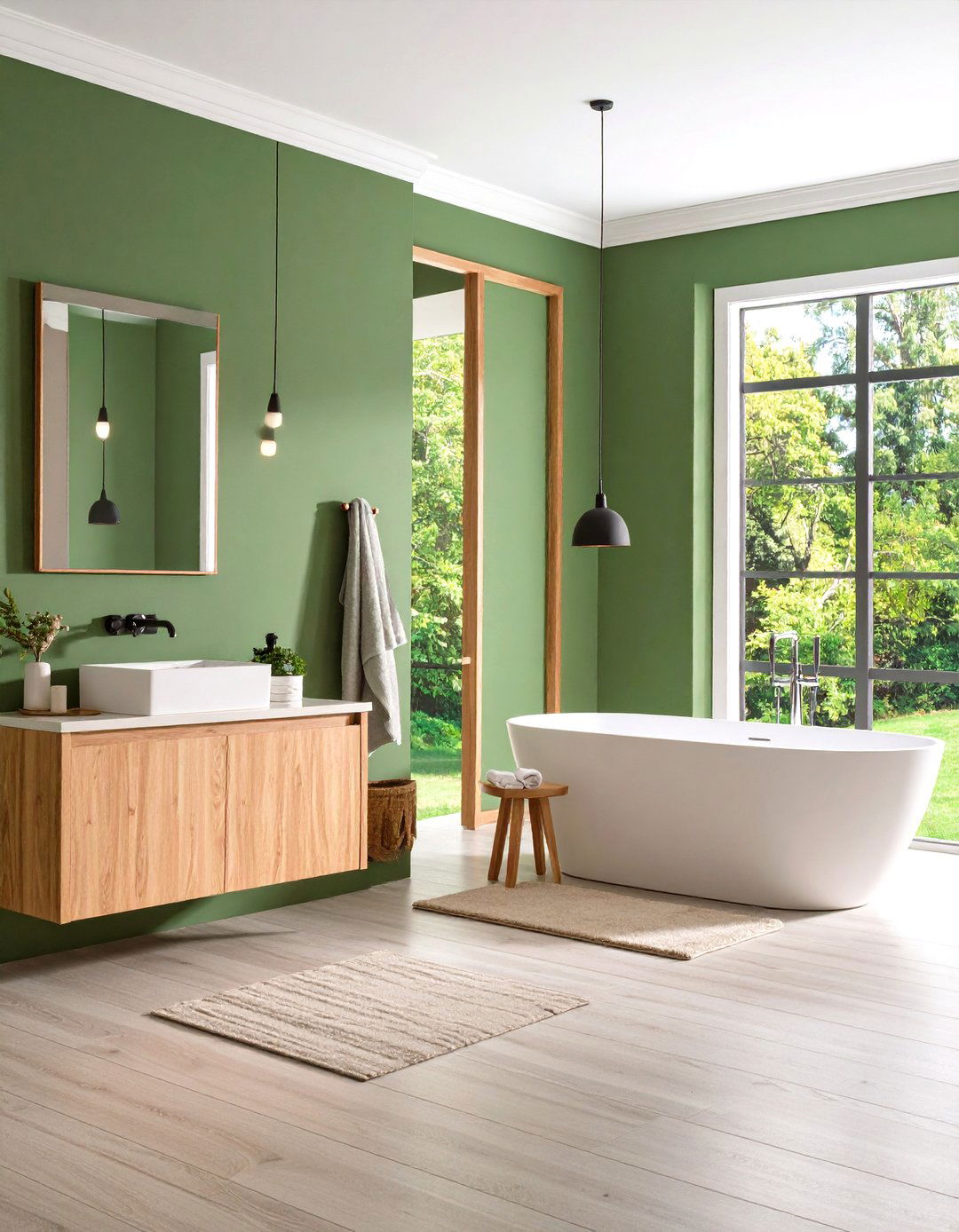
Leave a Reply